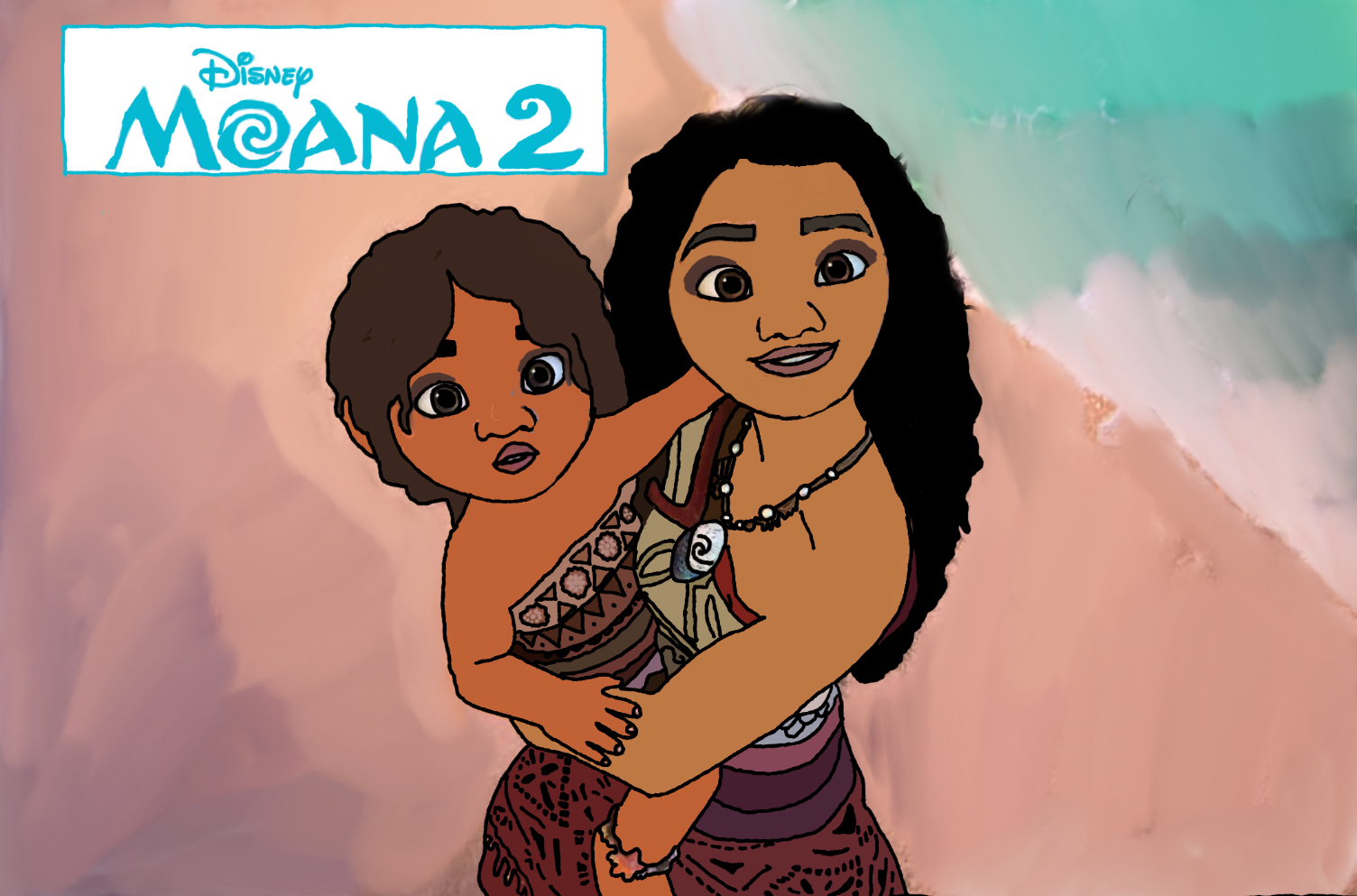
Disney’s long-awaited sequel “Moana 2” finally hits the theaters and returns the audience to the vibrant world of the Pacific. The original “Moana” set a high standard with its compelling story, lovable characters, and jaw-dropping visuals. Naturally, its successor faced high expectations.
Unfortunately, “Moana 2” falls victim to a common curse of sequels: it struggles to surpass the magic of the original. Many predicted it would be a step down due to the iconic first film; however, there are still a few fun and engaging moments in the plot.
The sequel builds on the first film as Moana, the protagonist, and Maui, a demi-god who previously aided her, set out on a daring journey to save her people and rekindle their lost connection with the ocean. When she receives a vision from her ancestor Tautai Vasa, Moana learns that the legendary island of Motufetu, which once united all the islands, sank at the hands of the mysterious storm god Nalo. Tautai warns that if Moana doesn’t raise Motufetu, the people on her island, Motunui, will face extinction.
Moana assembles a crew—which includes a skilled craftswoman Loto, Maui fanboy Moni, and grumpy farmer Keke—along with Pua the pig and Heihei the rooster. Together, they follow a comet’s path across the ocean to find Motufetu. Along the way, they face challenges, including Maui’s capture by Matangi—a mysterious figure secretly hoping to restore the island—and an encounter with the Kakamora, a fierce tribe of coconut pirates.
At first glance, “Moana 2” seems to have all the ingredients for another Disney classic: a daring protagonist, a grand adventure, and a world full of life and color. However, the plot often left audiences adrift and unable to connect with its direction.
In terms of the plot, unlike the original’s clear narrative, the sequel lacks a tangible antagonist. While it introduces an interesting concept of exploring multiple islands, it ultimately feels repetitive and aimless. For instance, when Moana and her companions set out to find new islands the lack of a backstory or explanation for its importance diminishes the emotional impact.
Throughout the plot, Nalo, the storm god, acts as the overarching villain as he hinders the retrieval of the main island. However, the film portrays Nalo as a vague and arbitrary “god in the sky,” which removes any sense of urgency or clarity of the conflict throughout the movie.
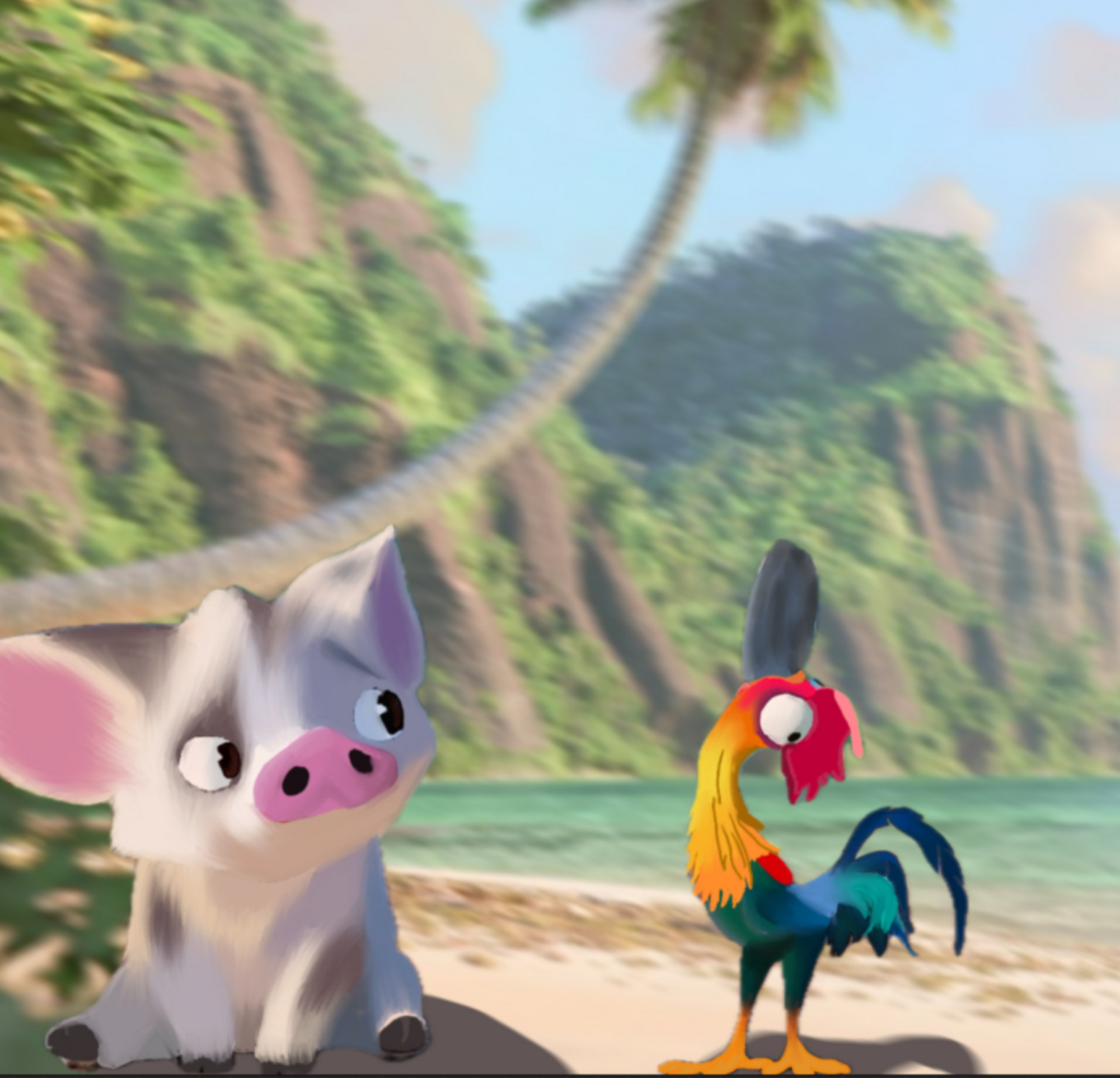
Despite these flaws, “Moana 2” still manages to engage its audience, buoyed by its adventurous tone and the enduring charm of its vibrant world. While it does not reach the emotional heights of its predecessor, the effort to craft an engaging and meaningful experience remains evident.
The characters, too, present a mix of hits and misses. “Moana 2” introduces a range of familiar archetypes. These include the cowardly yet strong companion, the impulsive genius, and the grumpy old man with a heart of gold—these additions feel overly common and don’t quite fit seamlessly into the story. In contrast, Matagi, the mysterious figure who captured Maui, stands out as a refreshing addition. With playful complexity and a touch of magic, Matagi brings a sense of intrigue that the other characters lack.
Despite their quirks, these characters lack the depth that made Moana and Maui’s dynamic so memorable in the original film, where their emotional arc of mutual growth felt genuine and uplifting. The attempt at a heartfelt moment—where, Moni, Maui’s burly yet cowardly fanboy, nearly dies after the boat sinks during their first try at lifting Motufetu—feels forced and too similar to the original film’s scene of Moana confronting her self-doubt and finding her inner strength. Without exploring the characters’ struggles, they remain one-dimensional.
Additionally, the humor feels overused. For instance, the repetitive chicken jokes or Maui’s attempt at a catchphrase, “Chi-Hoo!”, which fails to create a memorable moment akin to Cars’ “Ka-Chow!” or Toy Story’s “To Infinity and Beyond.” Instead, they come across as cringy and detract from the film’s impact.
That said, the film manages to land some genuinely funny moments with Matagi, which provides a refreshing spark of humor. Her witty antics and personality, especially during the scene where she traps Maui and her meeting with the storm god Nalo, stand out amid the otherwise lackluster attempts.
The film also excels in animation, with stunning visuals that immerse you in Moana’s world. From shimmering waters to vibrant landscapes, the fluid movement and colors elevate the story and make even the weaker moments enjoyable. In particular, the rich, vibrant hues of Matagi’s mysterious hues left my mouth wide open. The journey between different locations captivates the audience and the characters’ energetic and bouncy animations, particularly their hair, create a satisfying and mesmerizing experience.
On the contrary, the music feels like a mixed bag. Some songs capture the energy and emotion fans expect, while others feel like filler. “Get Lost” stands out with its catchy beat and addictive melody, which is still stuck in my head and makes me want to dance around. But overall, the soundtrack doesn’t match the iconic impact of the original’s hits like “How Far I’ll Go.”
In the end, Moana 2 entertains us but doesn’t quite captivate me in the way its predecessor did. Yet, as far as sequels go, it’s an adventure worth experiencing—even if it’s not quite as magical the second time around.


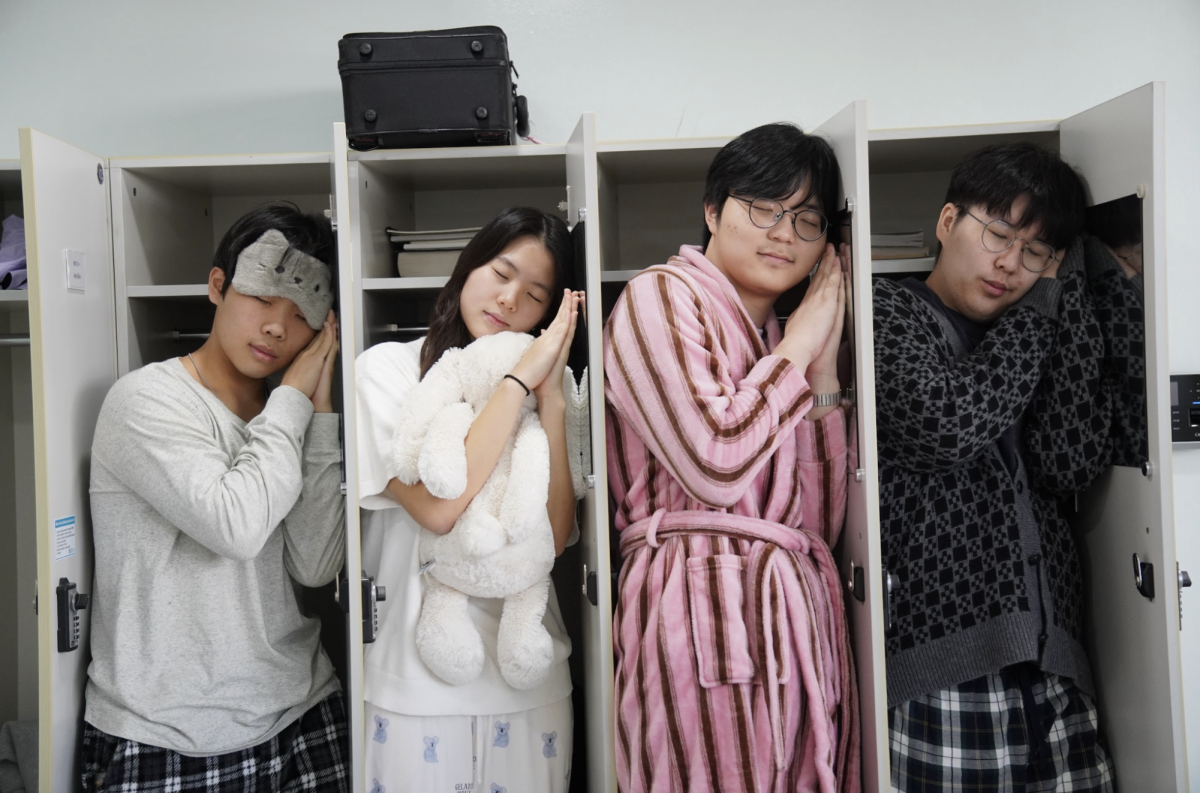

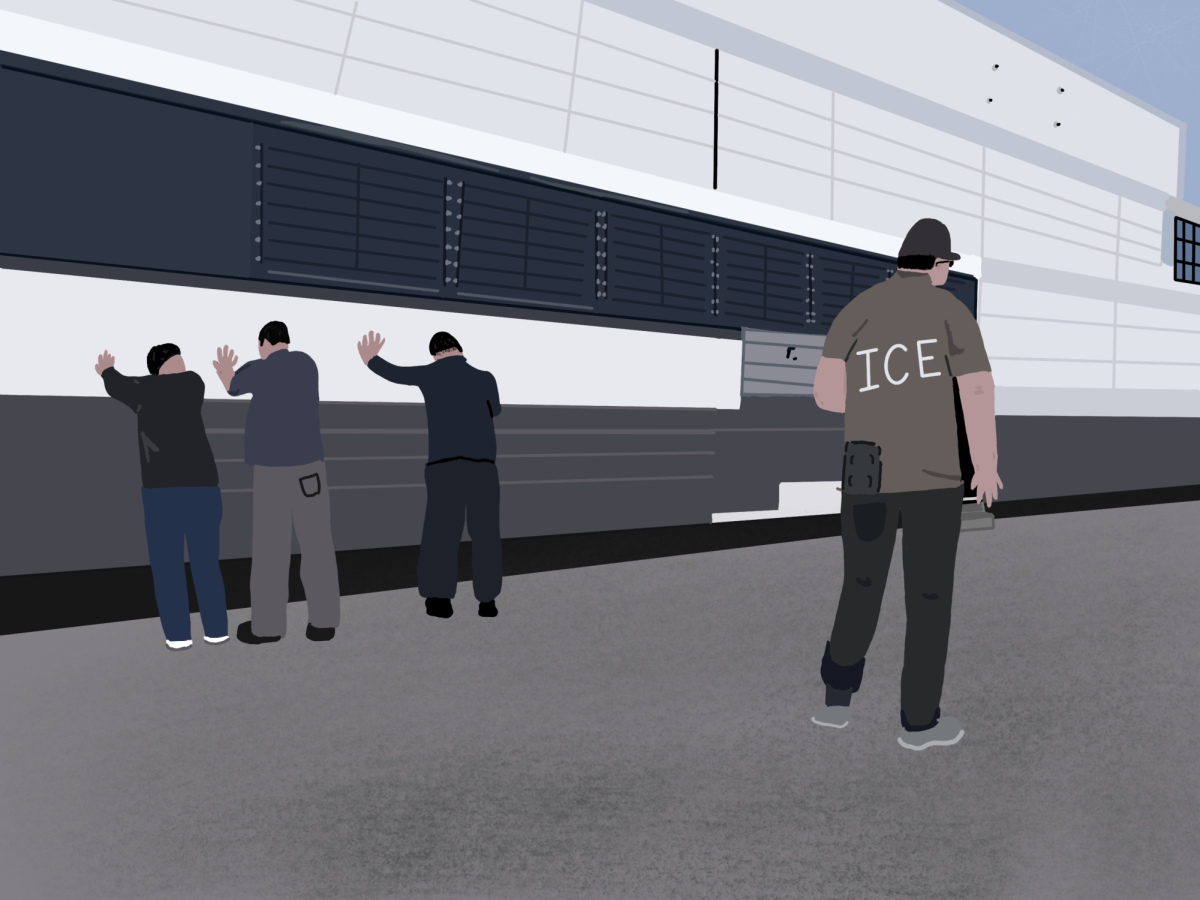
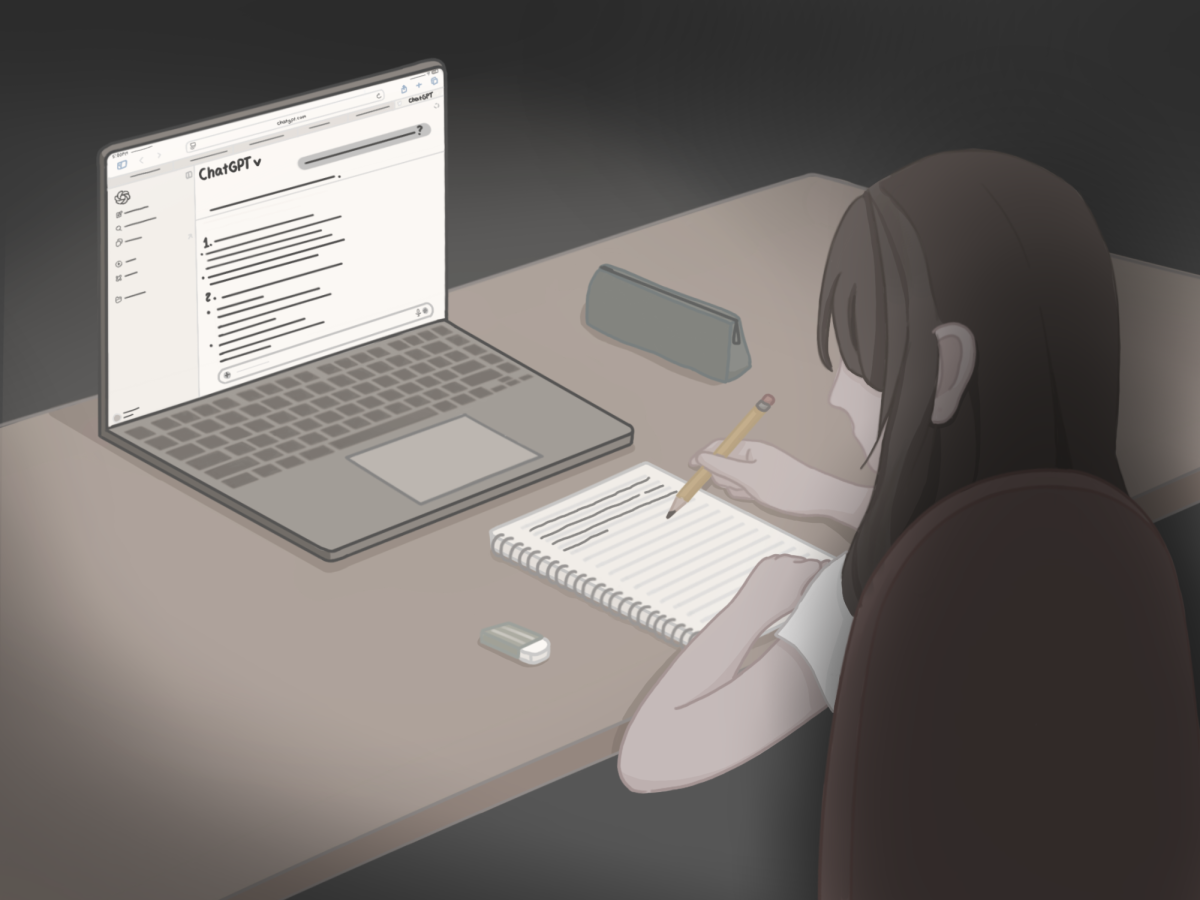
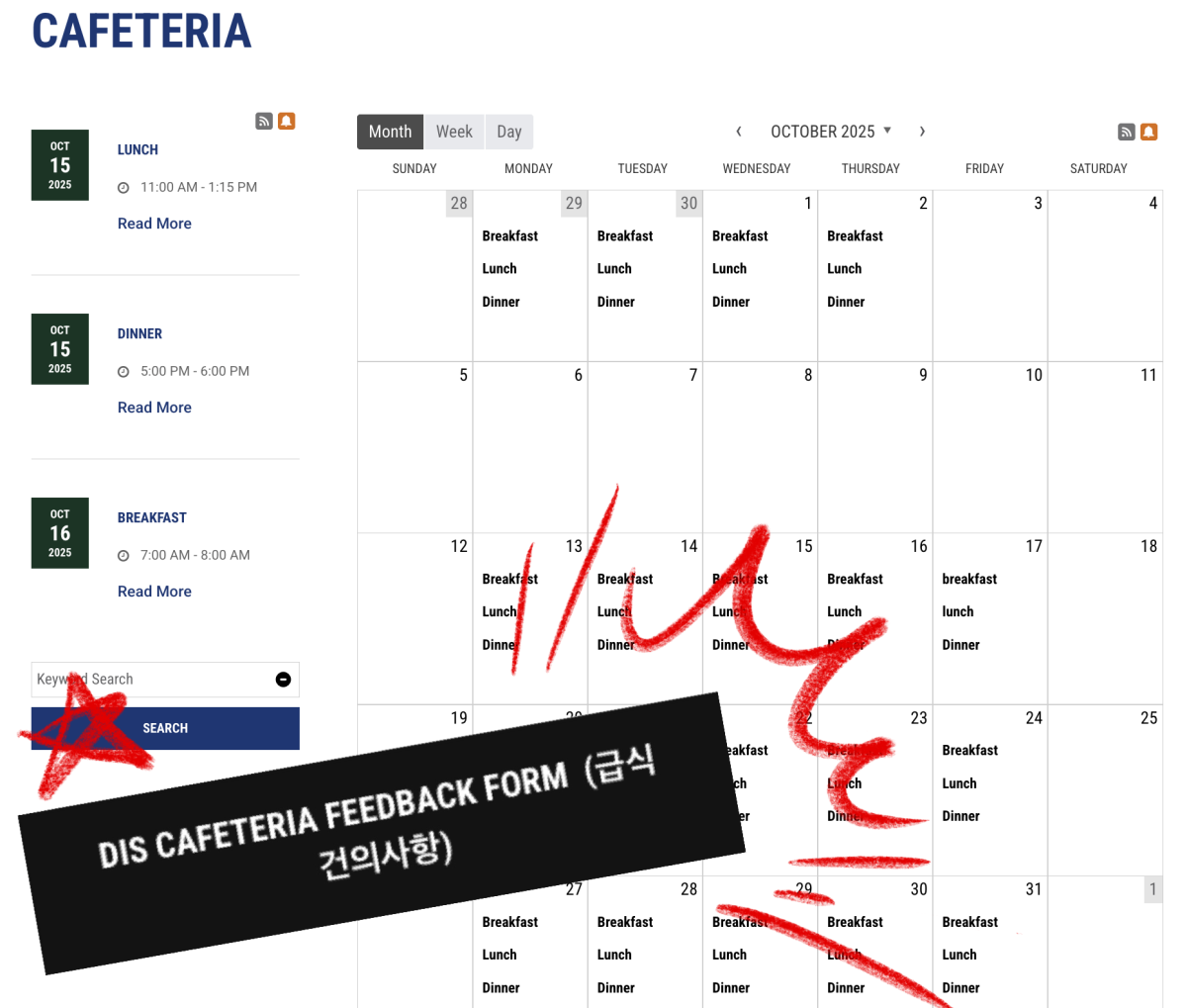
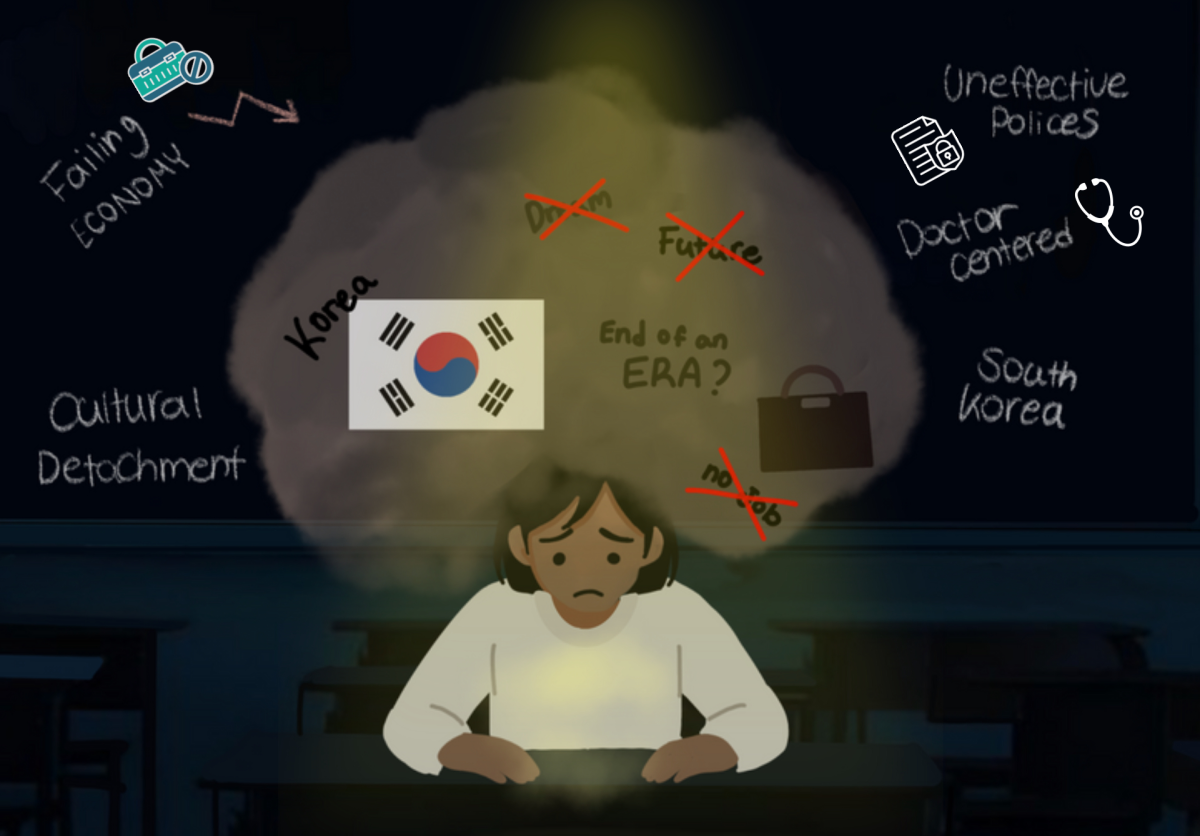
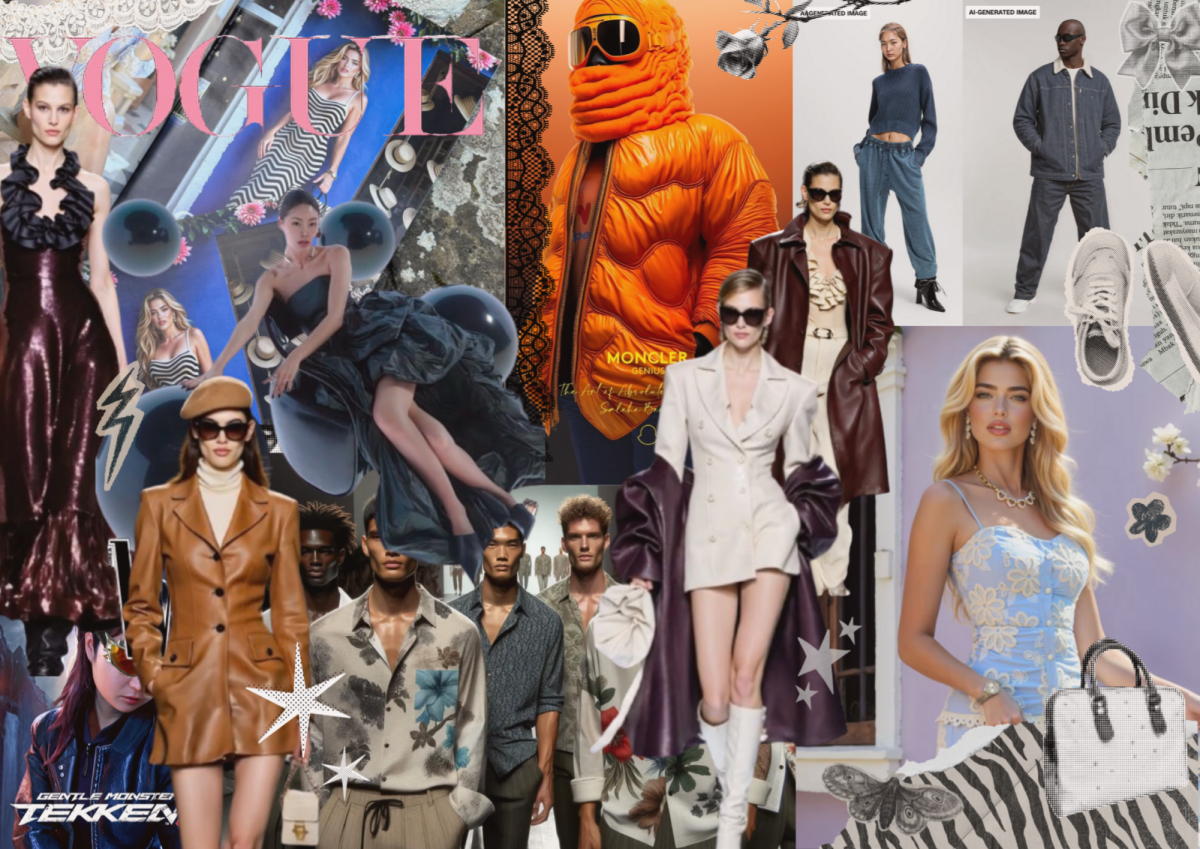

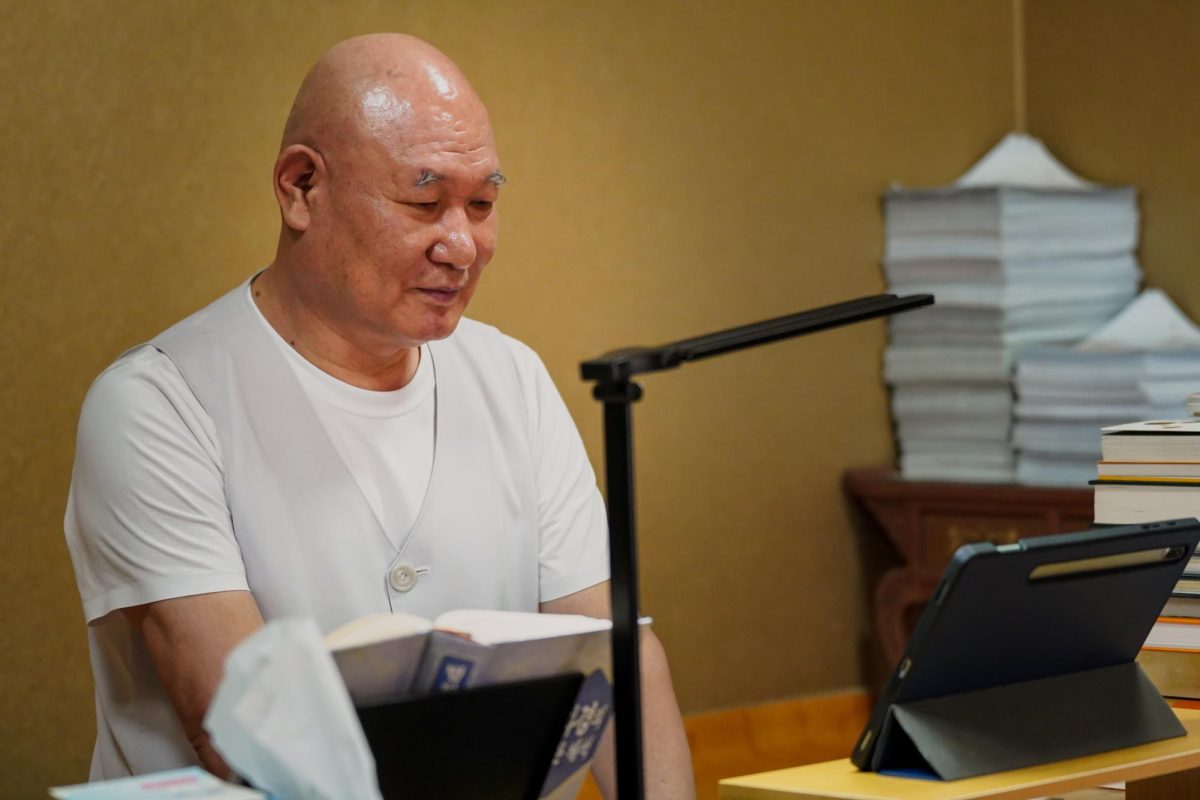
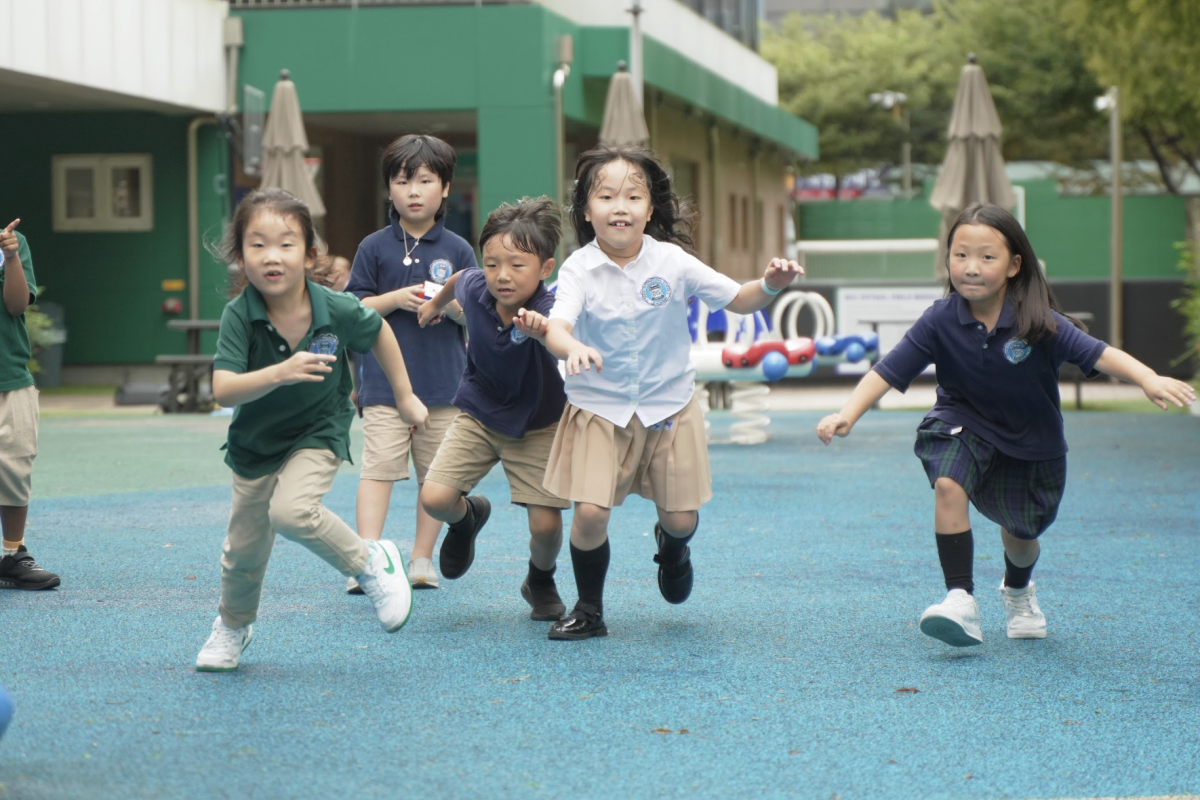
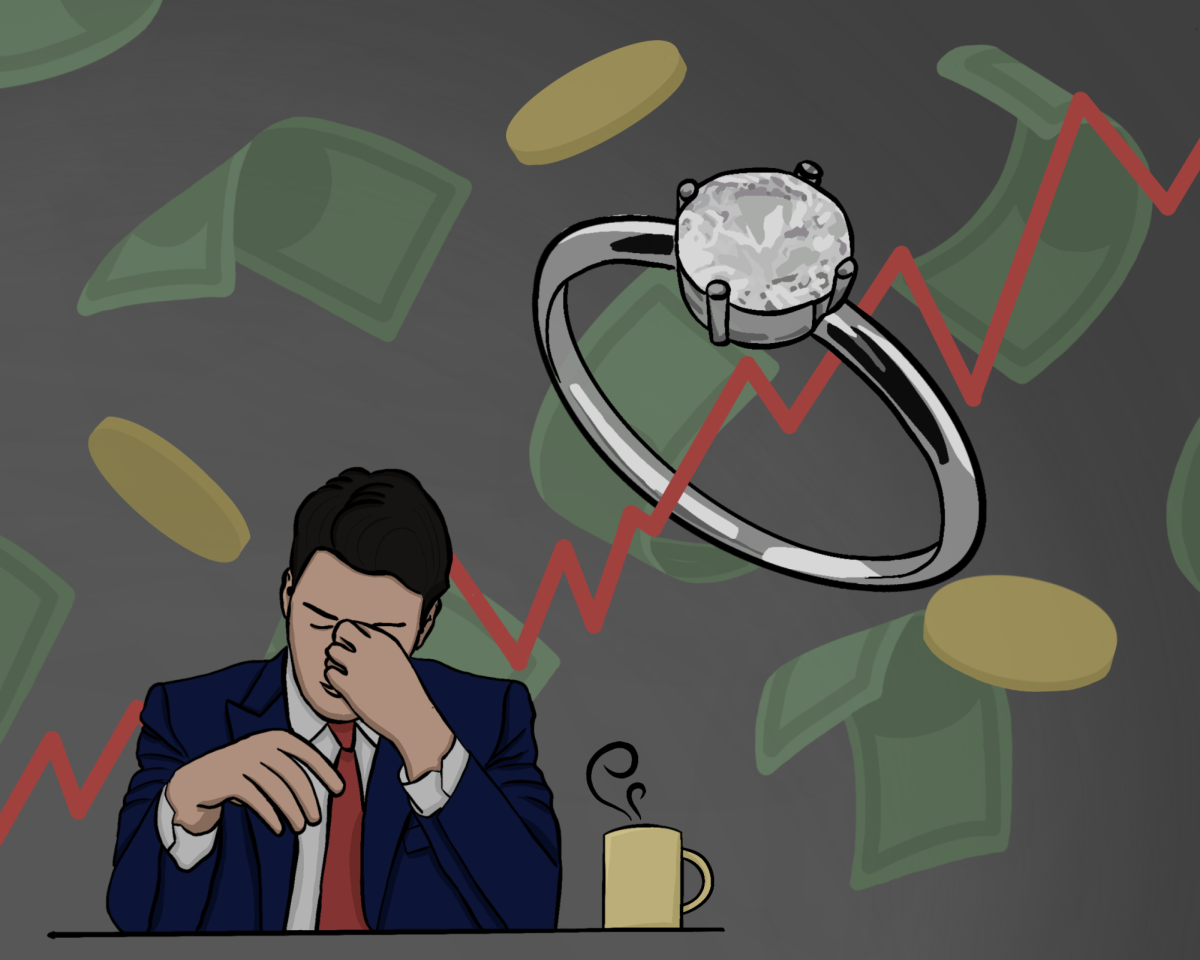
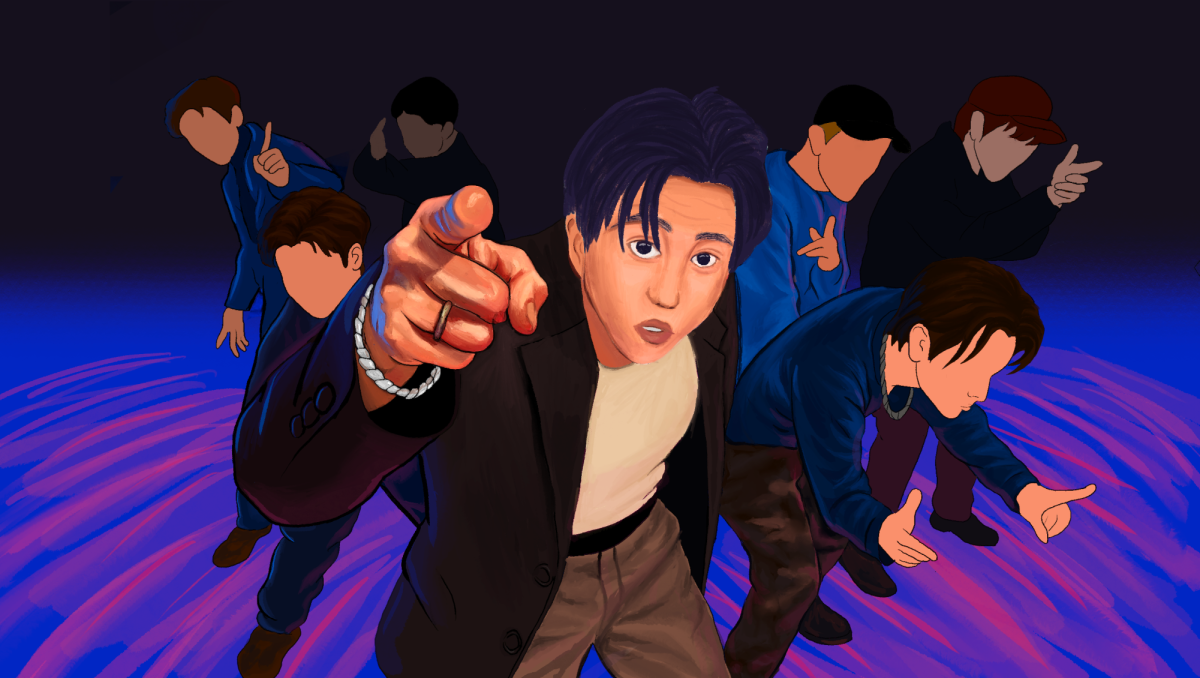
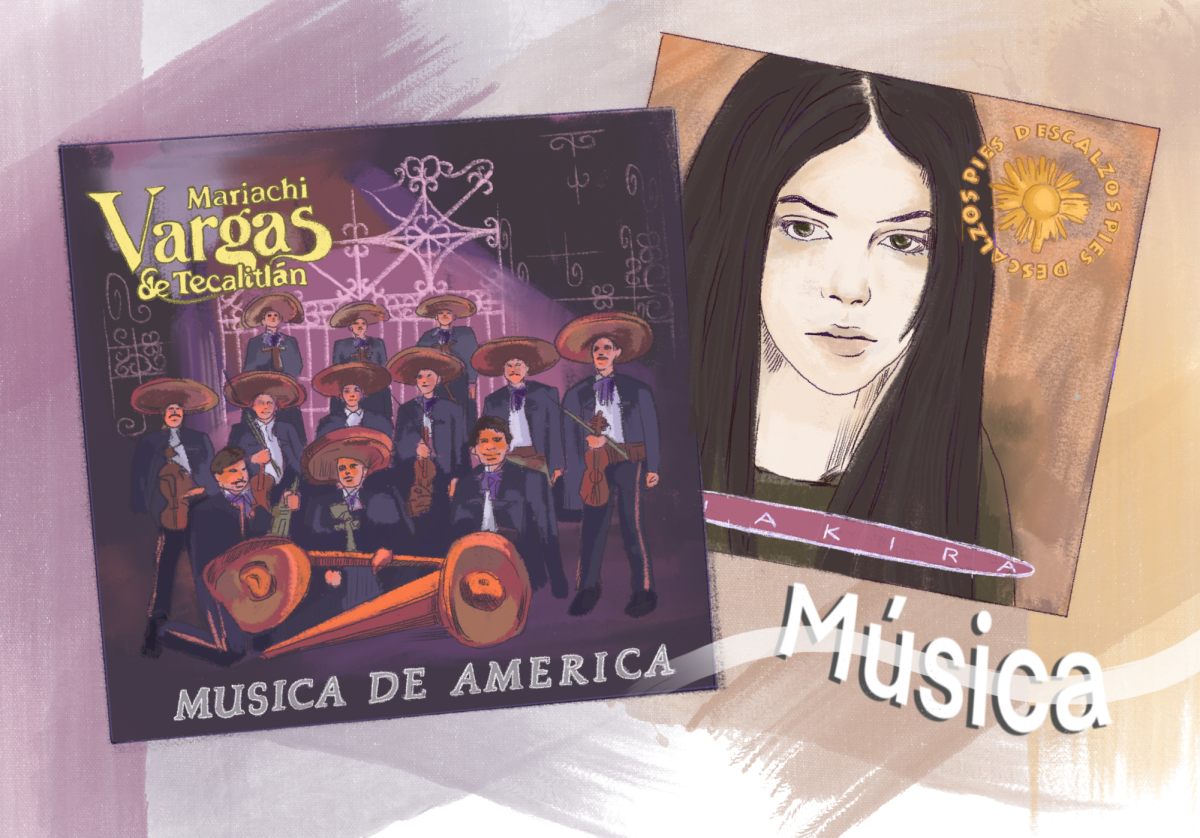
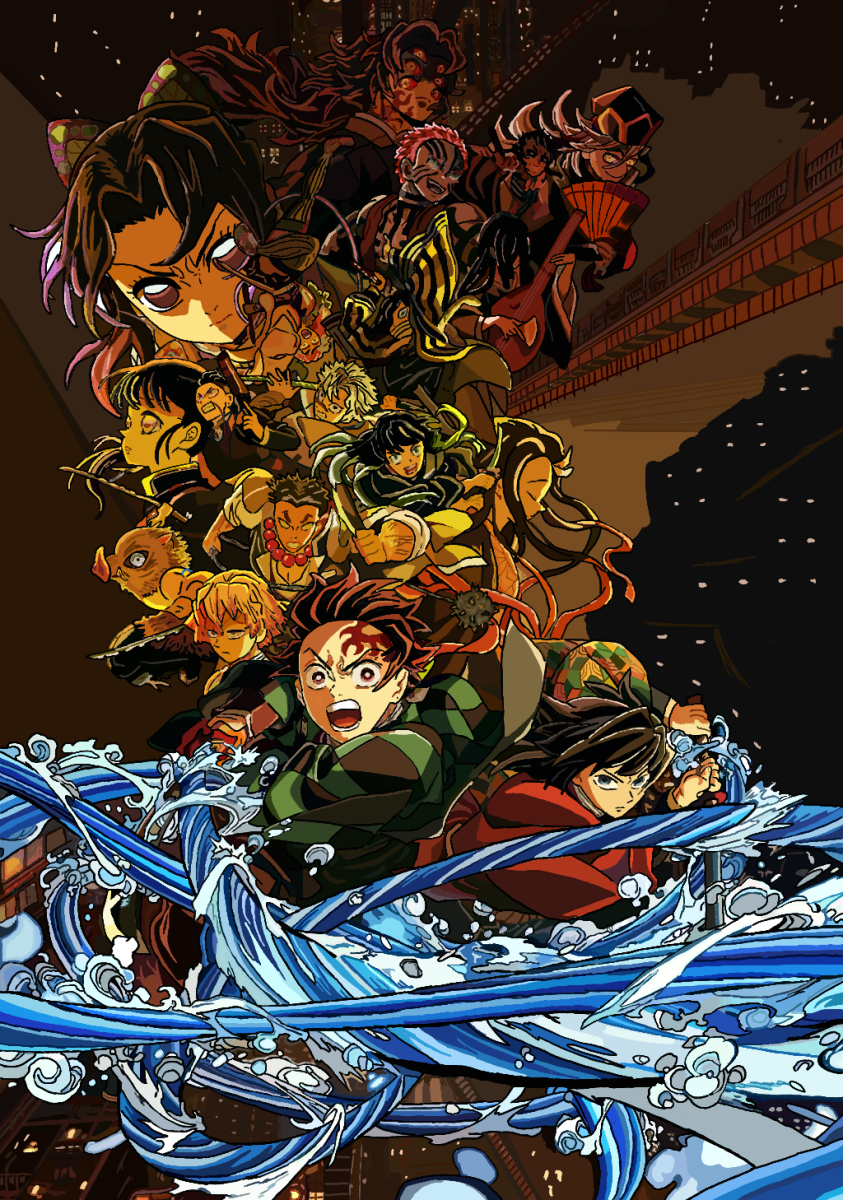
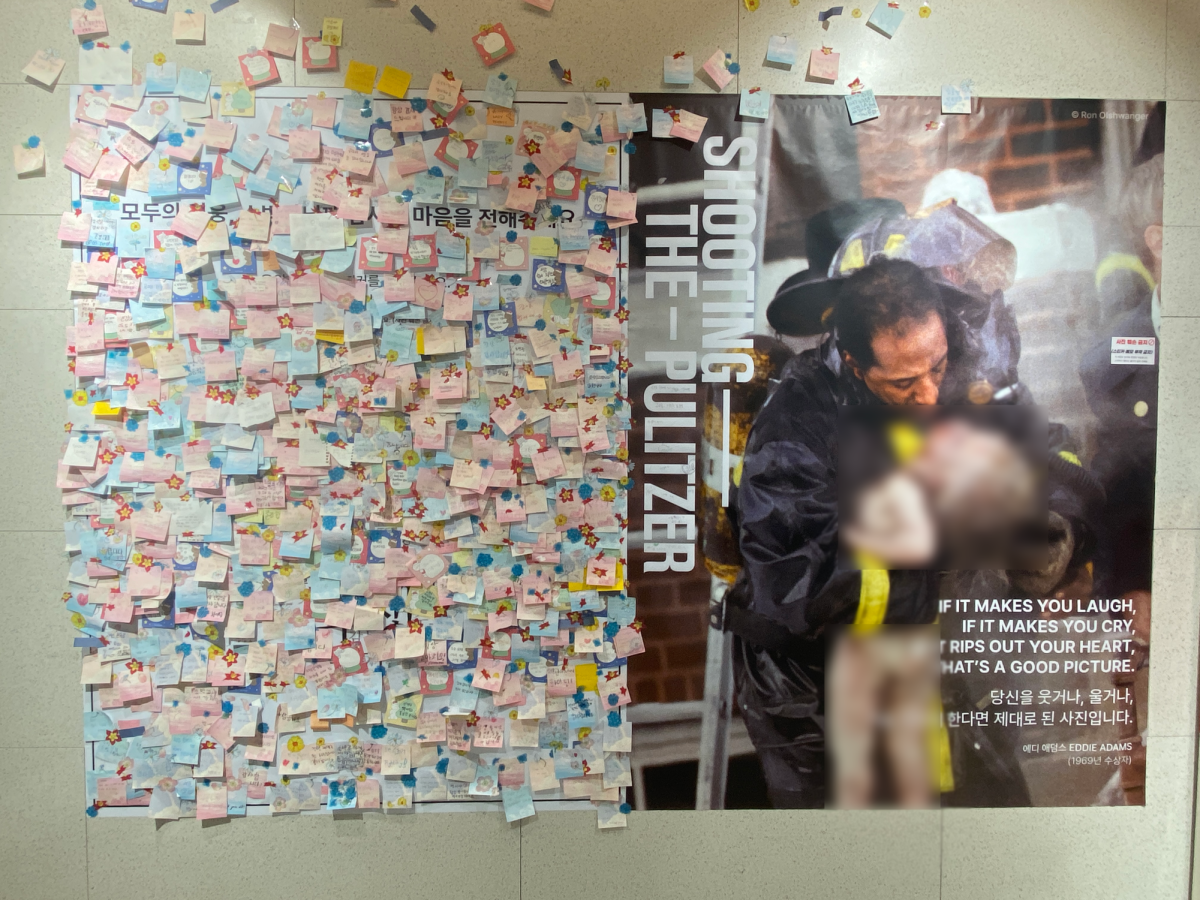
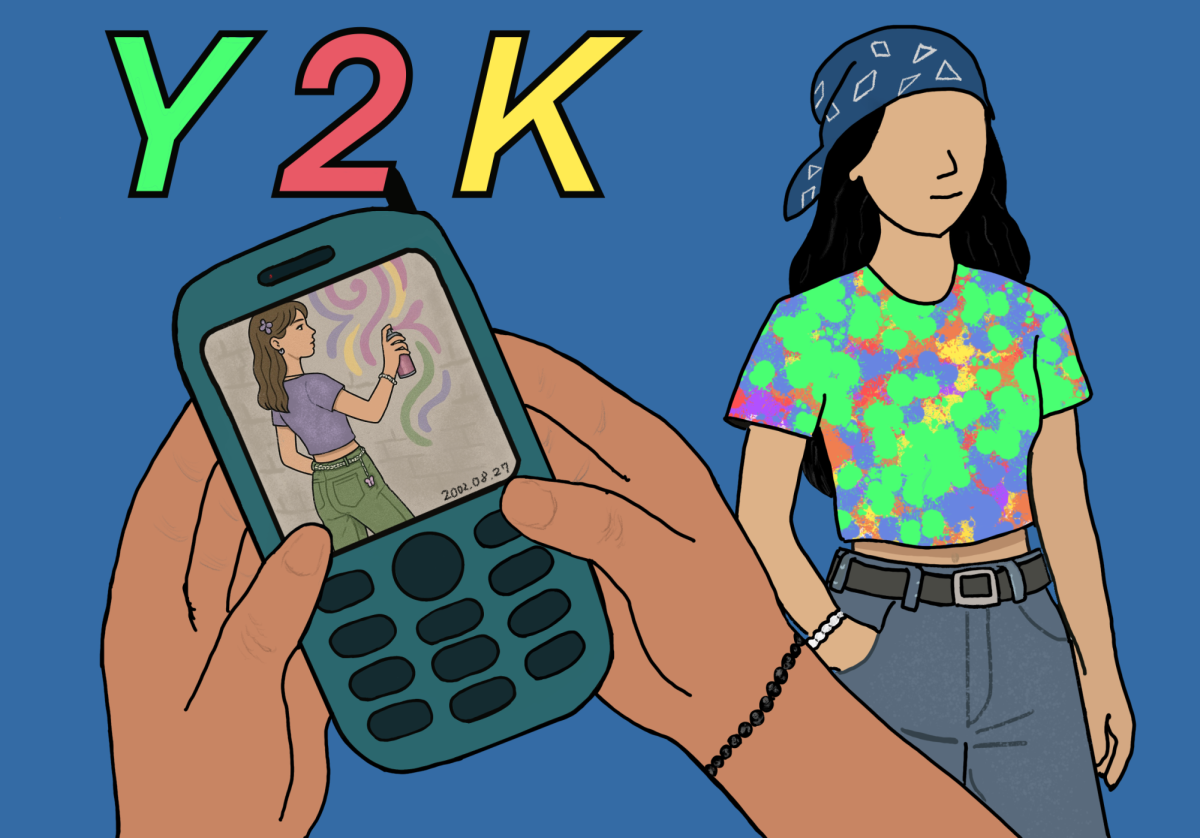
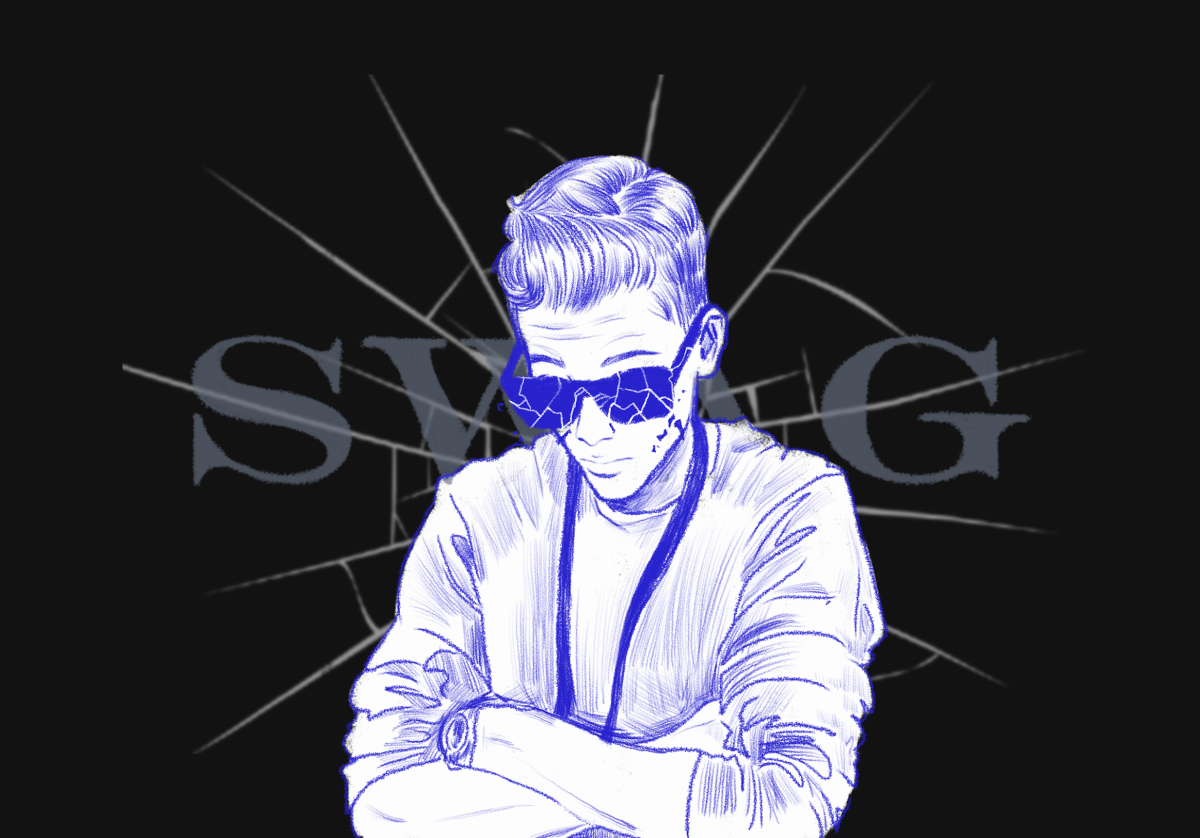
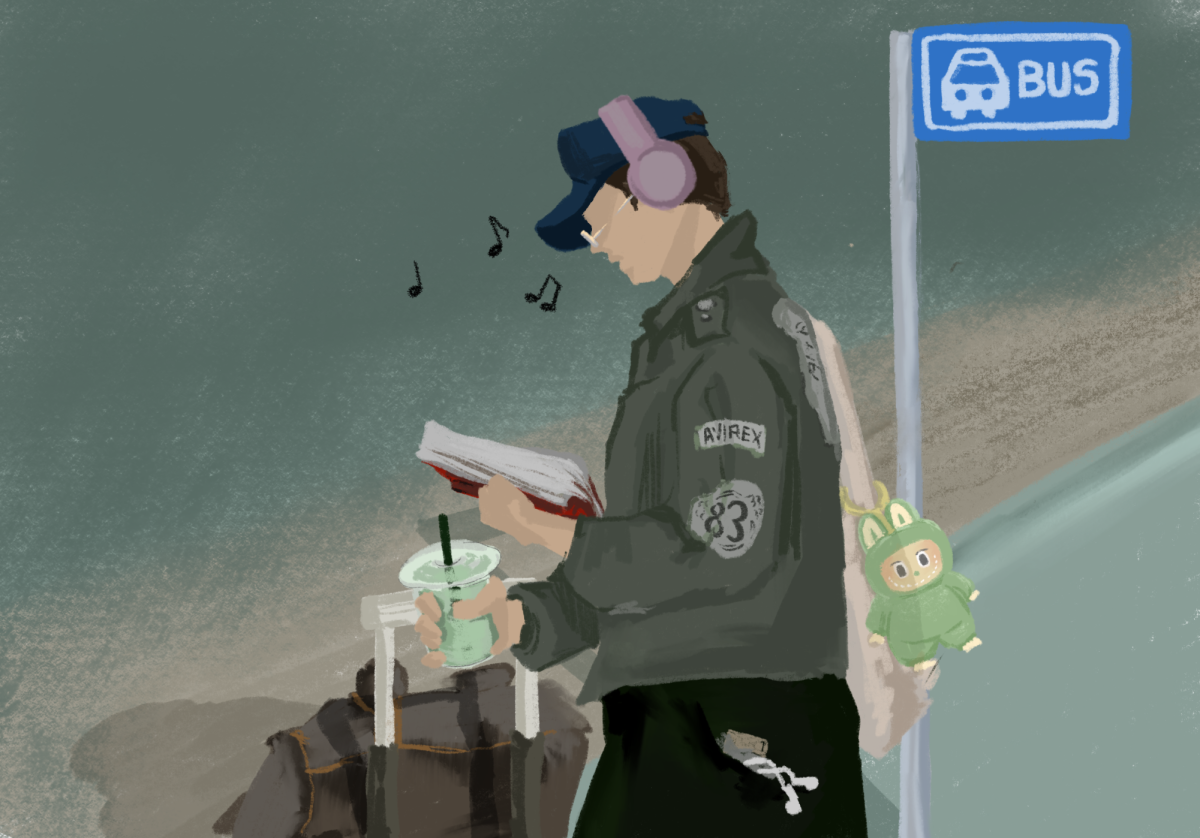
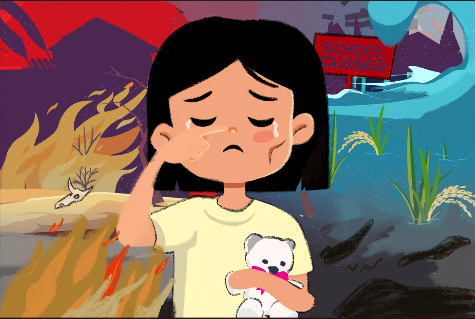

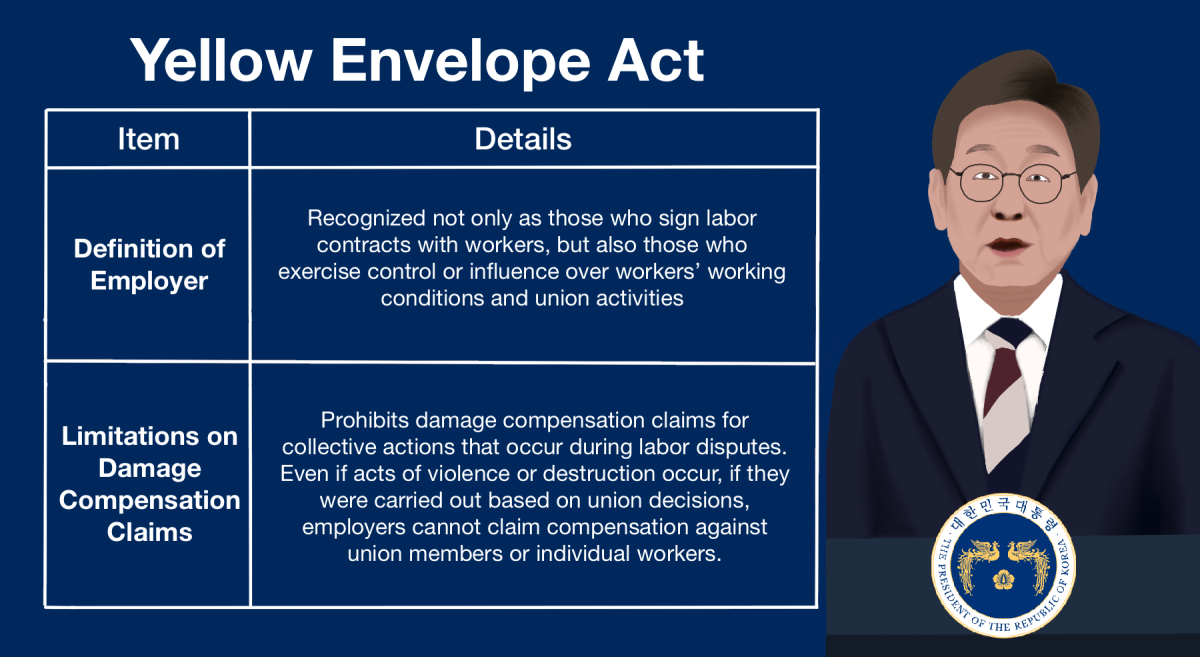
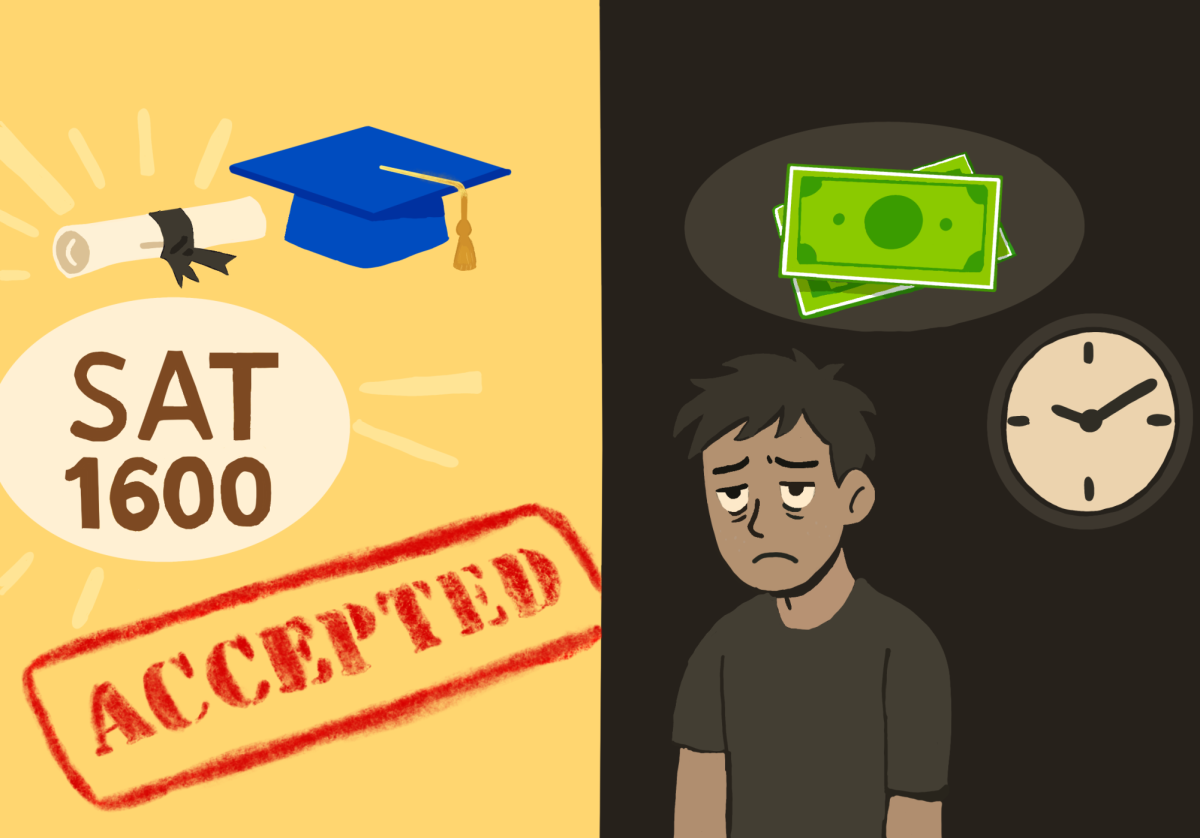
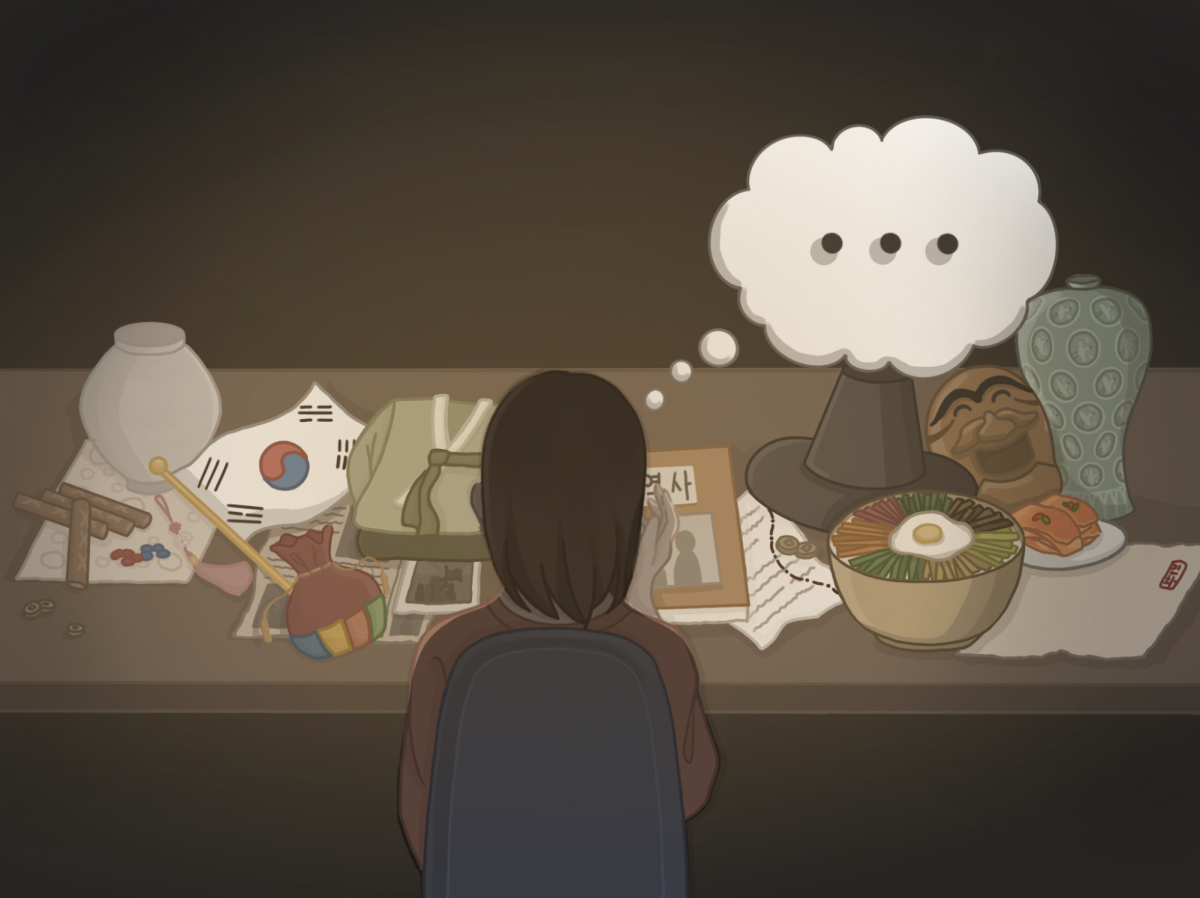
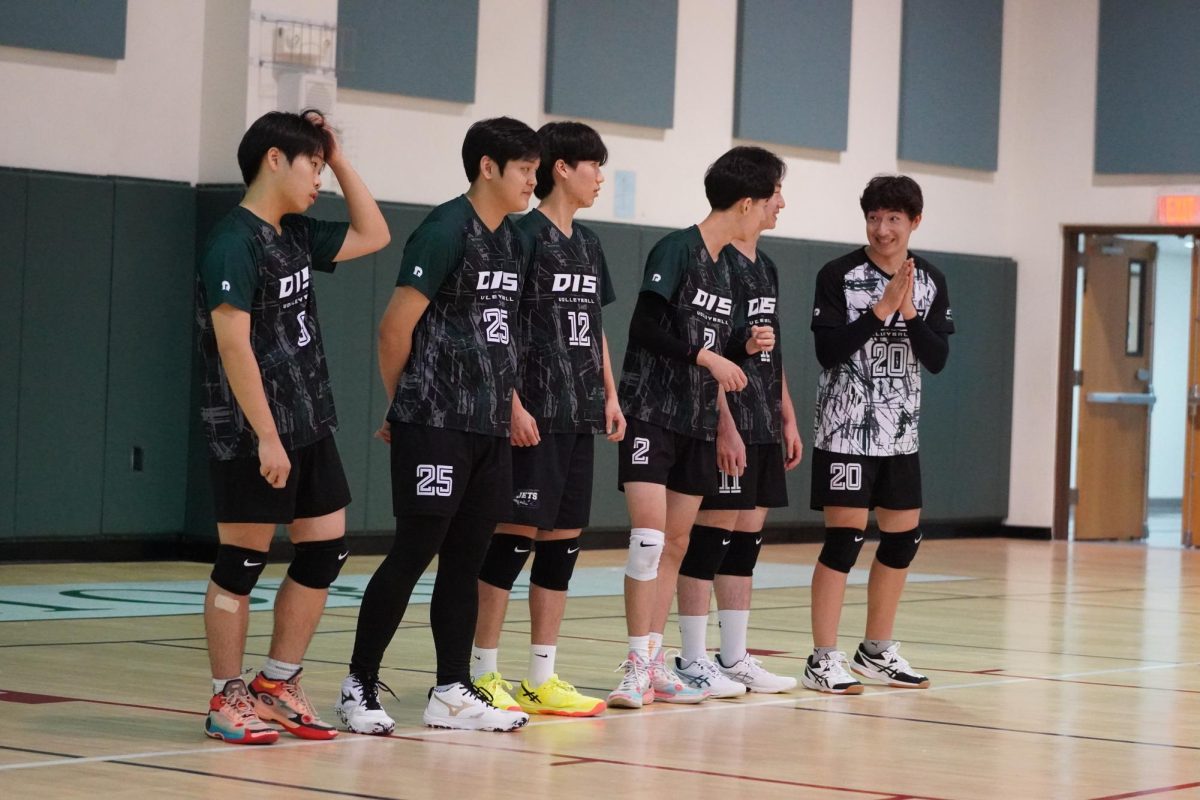
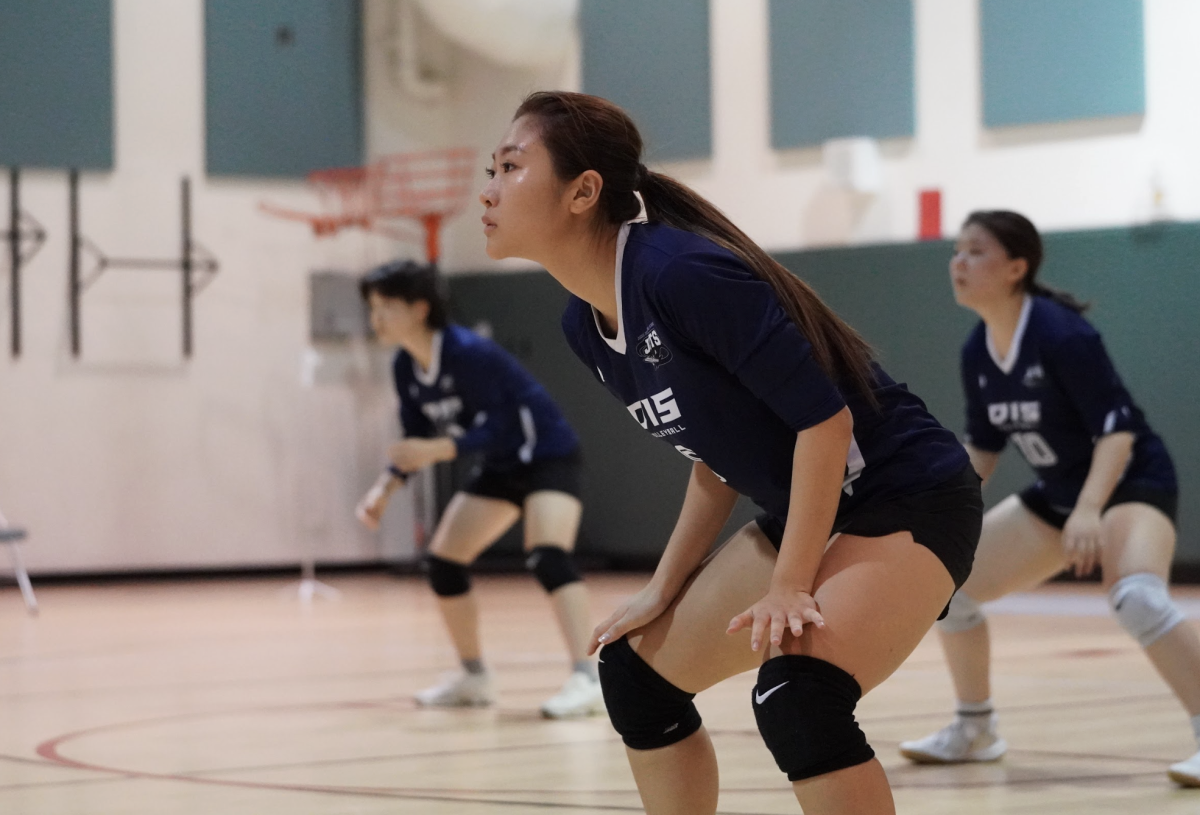
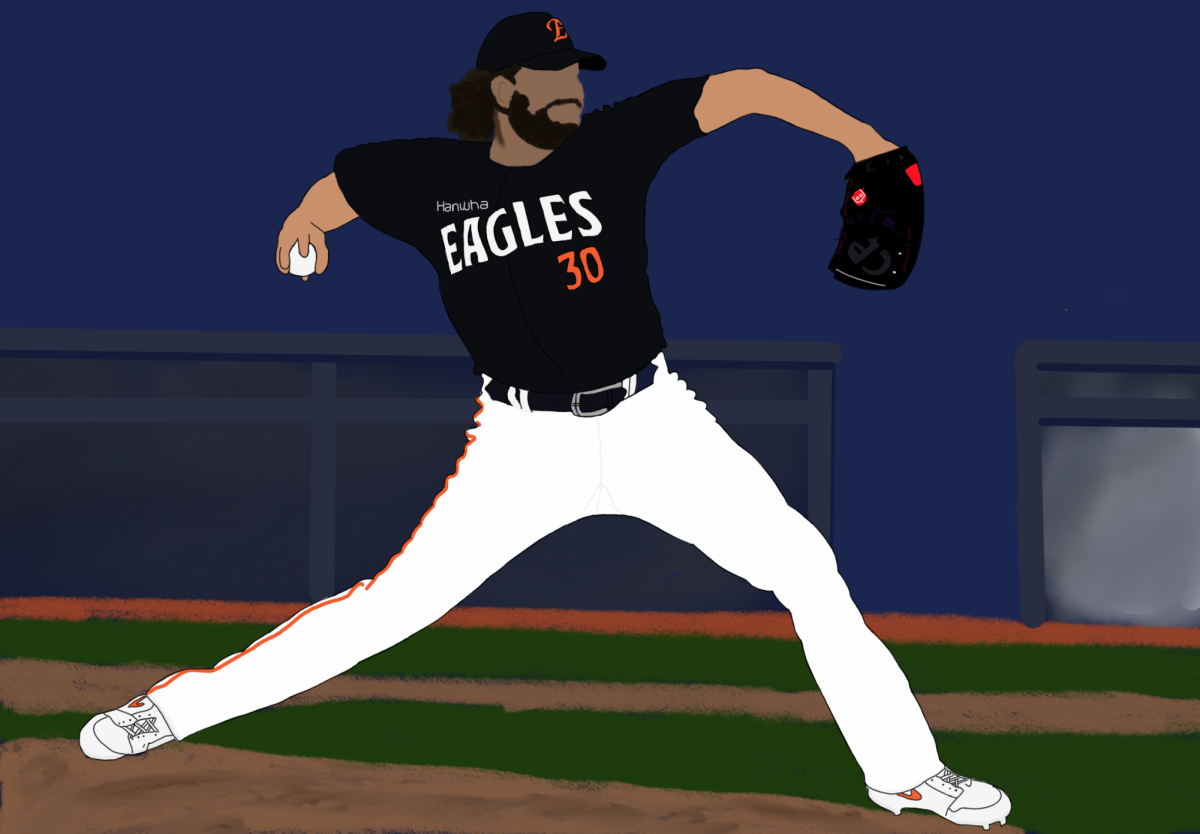
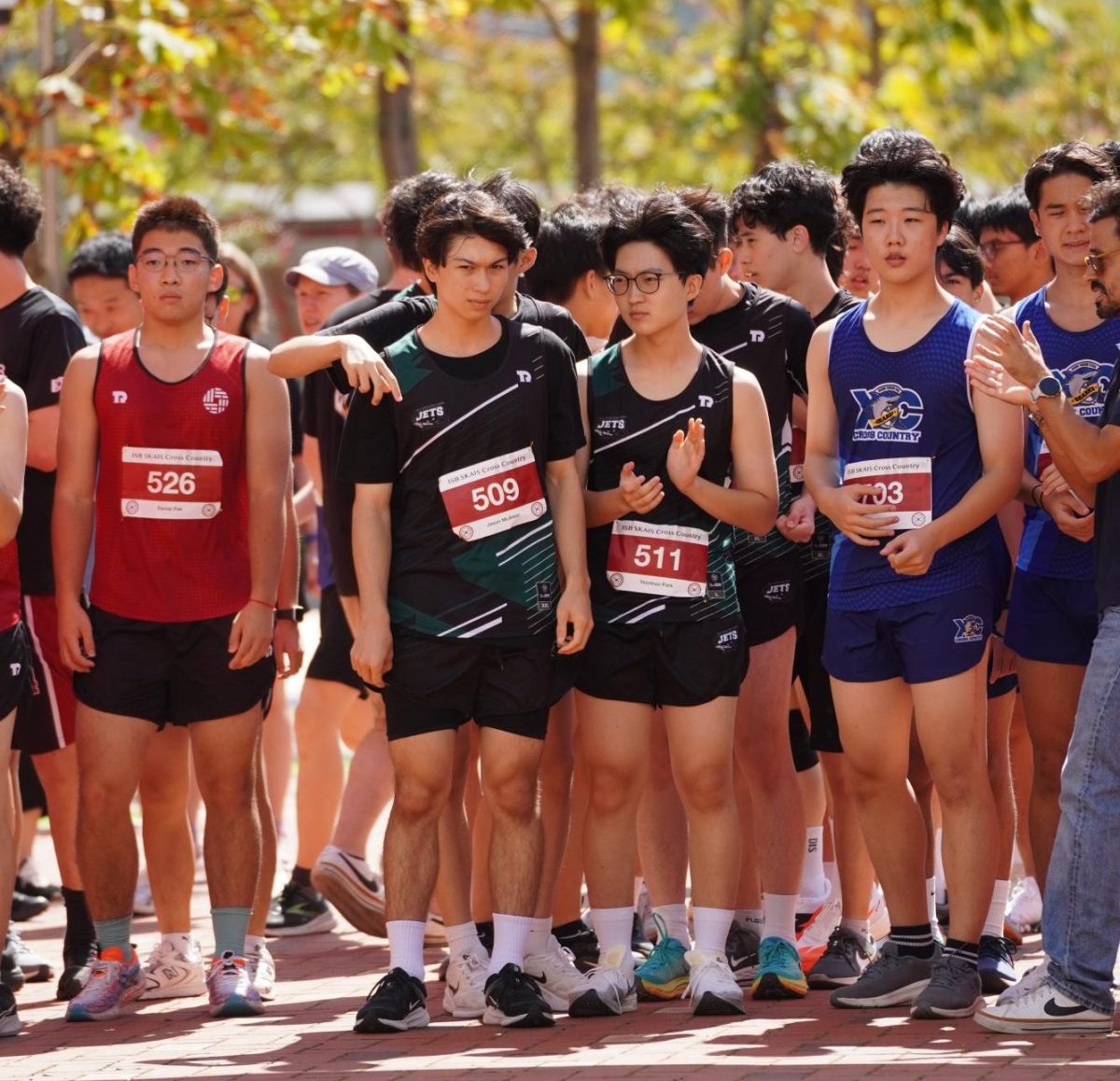


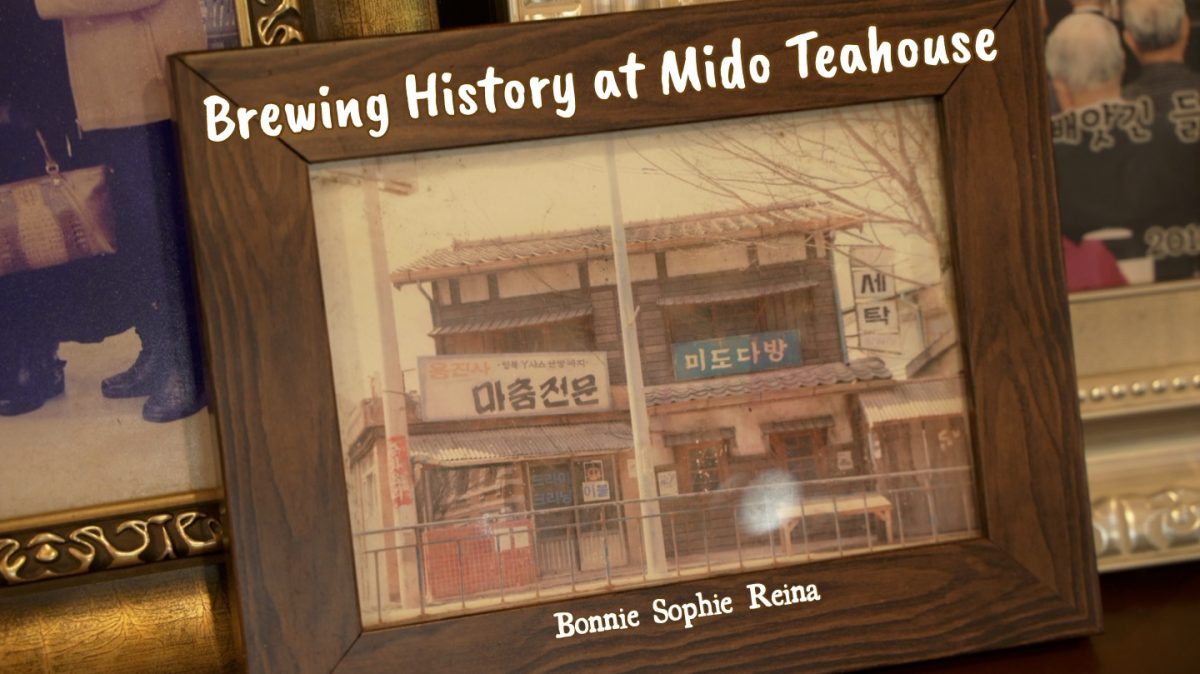


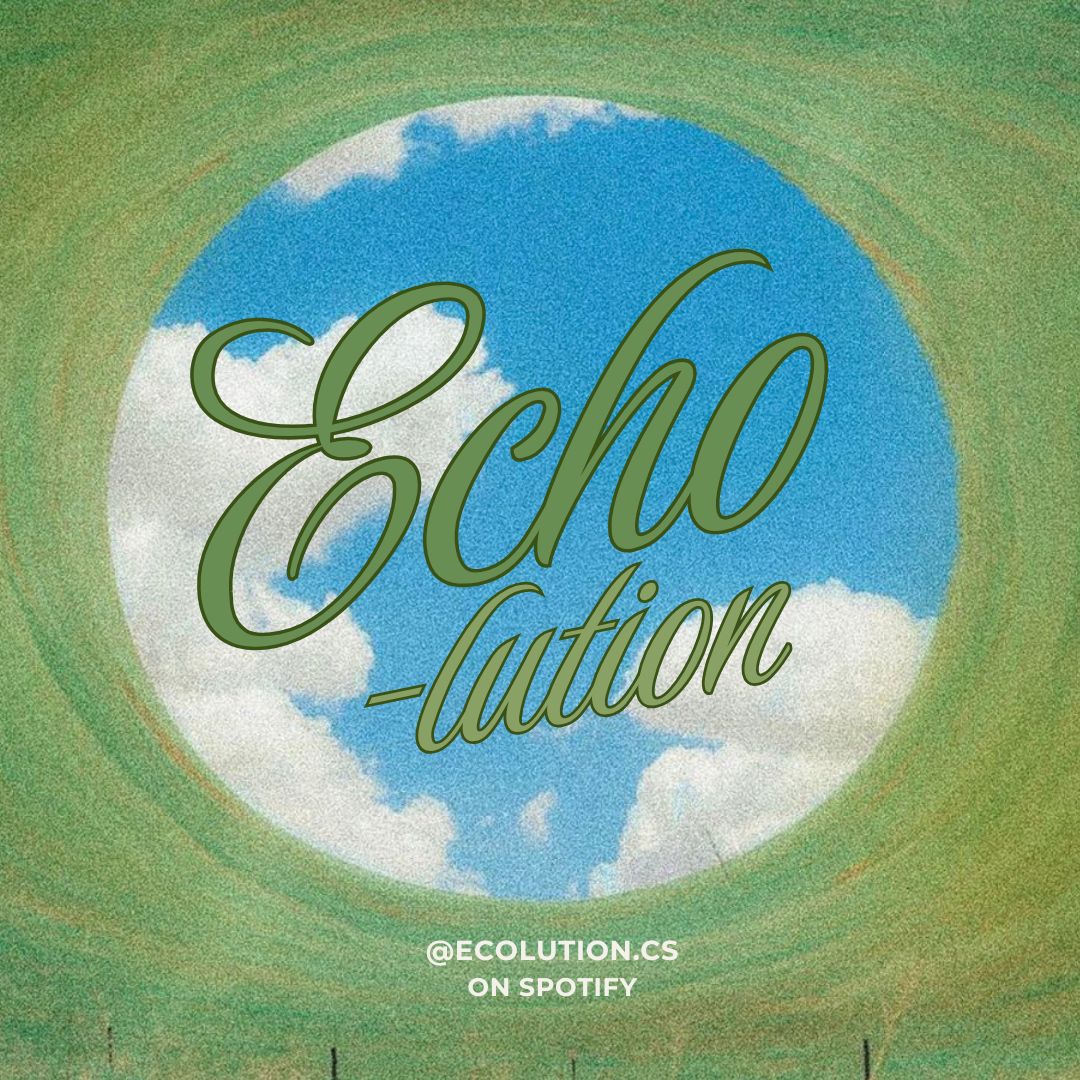
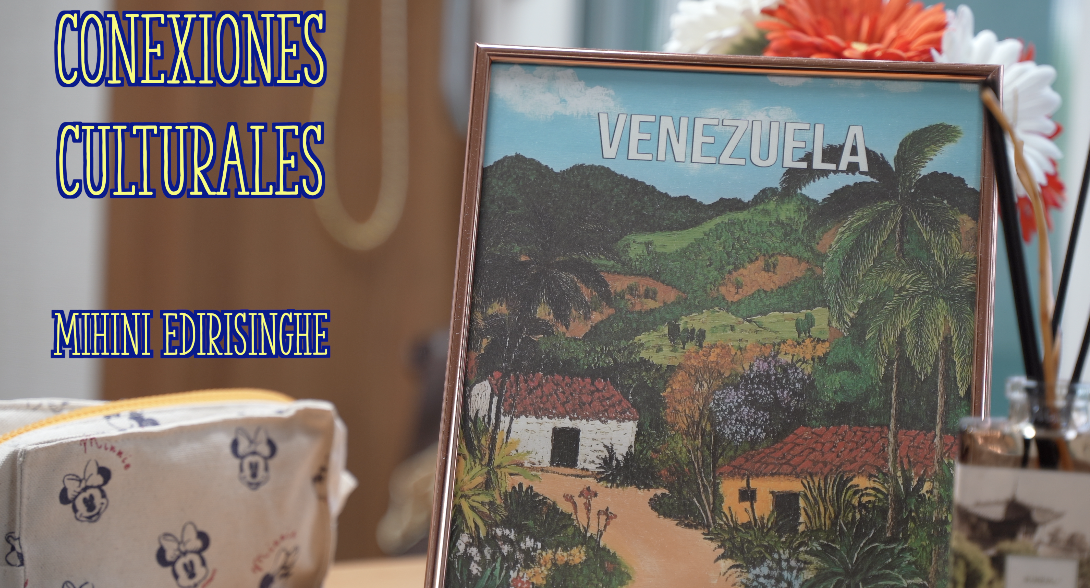
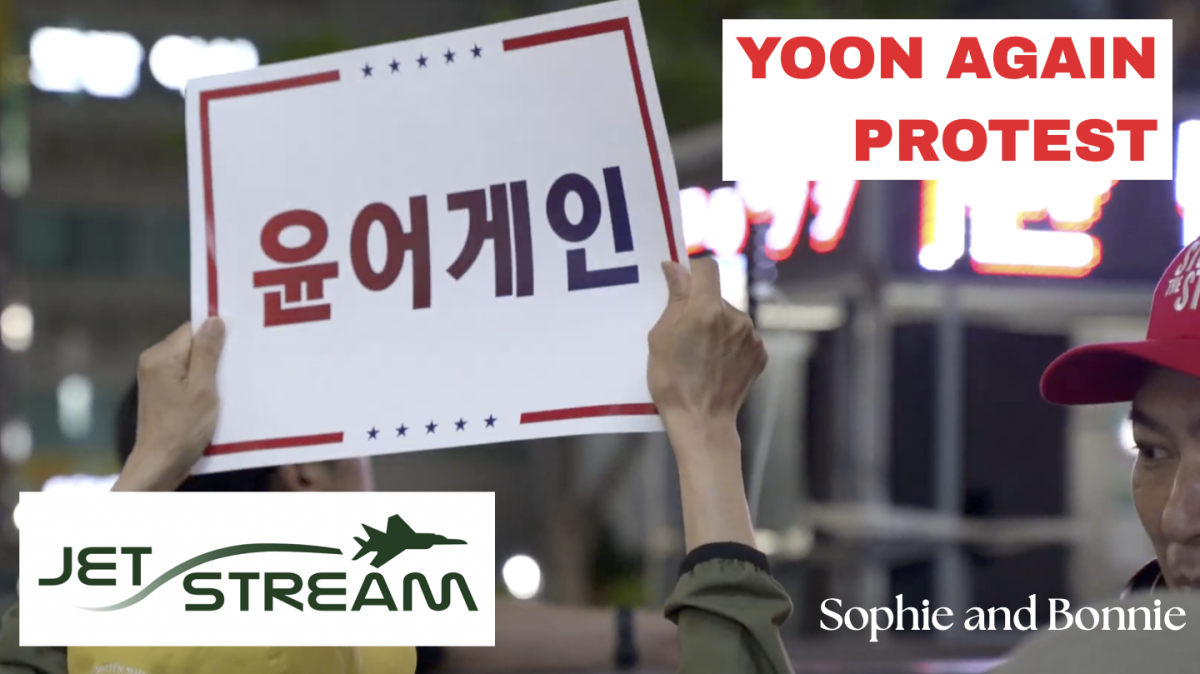
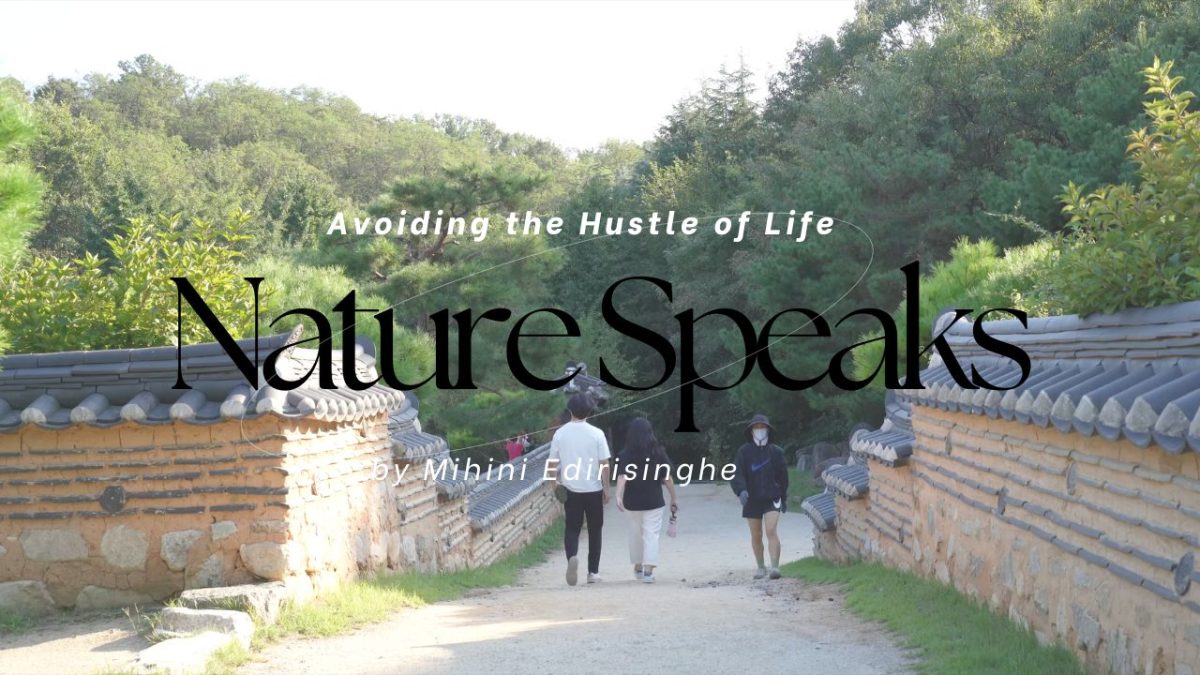
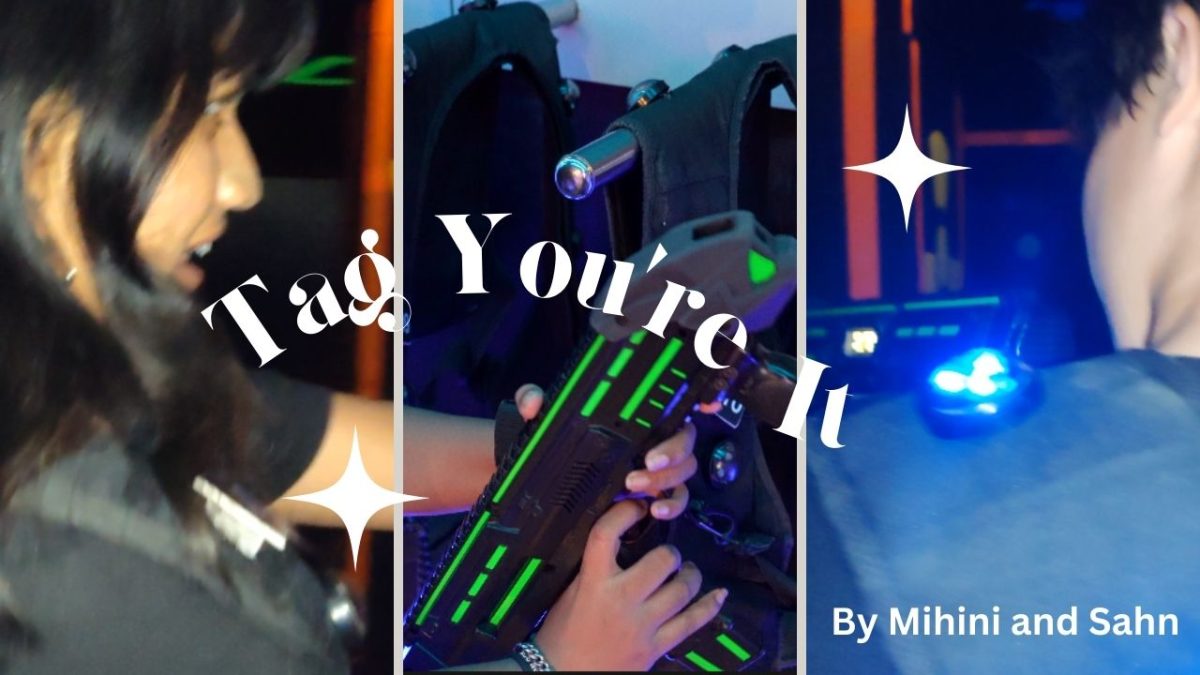
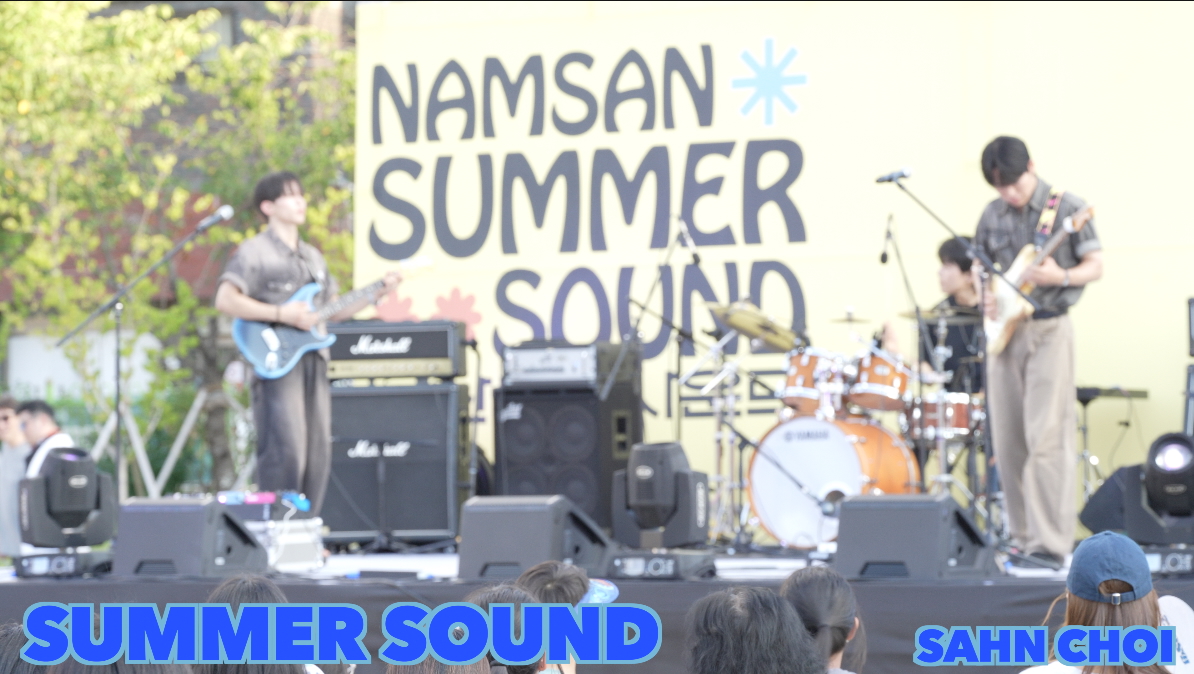
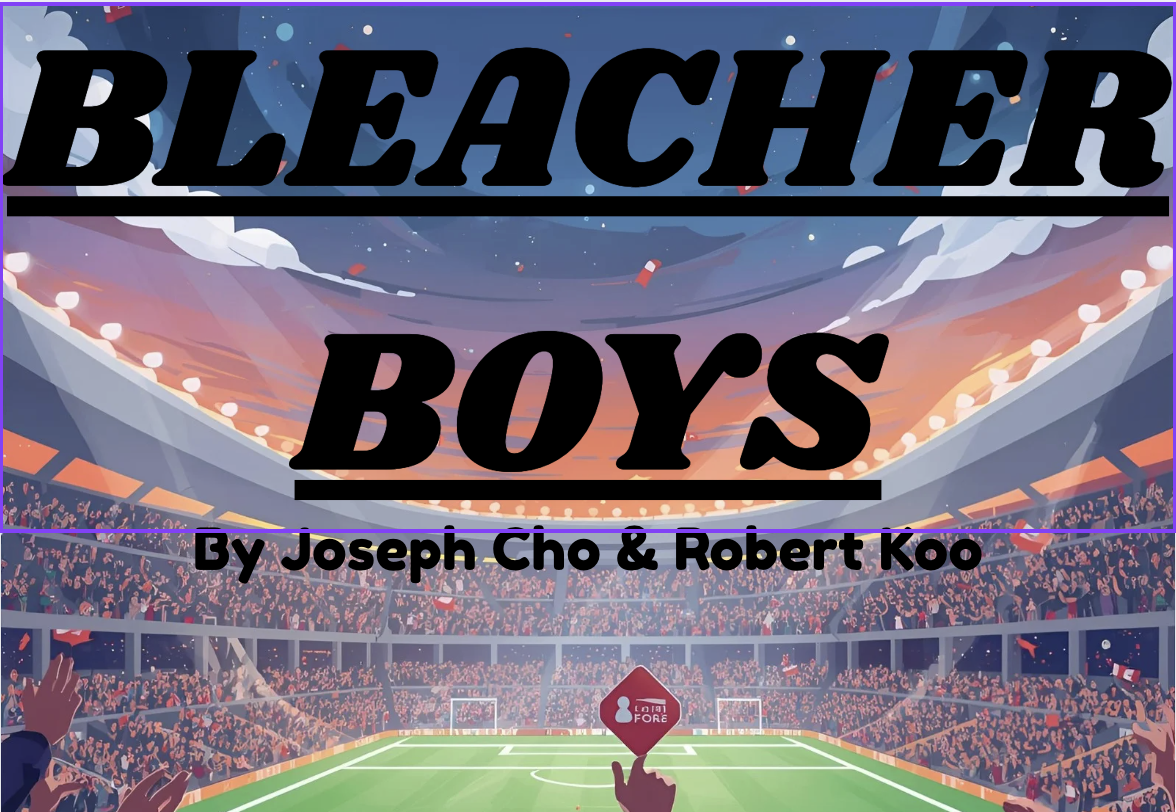


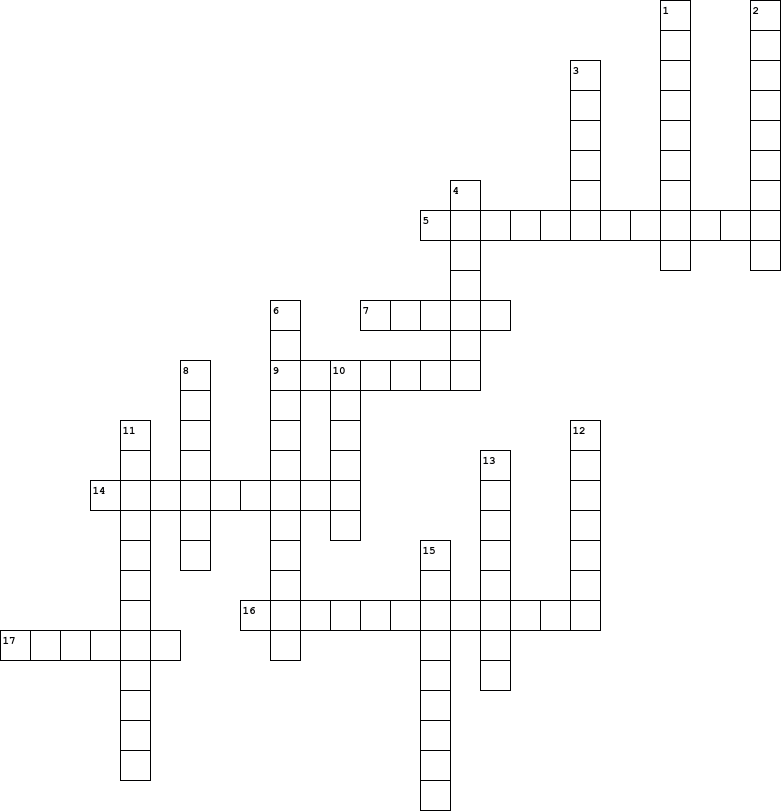
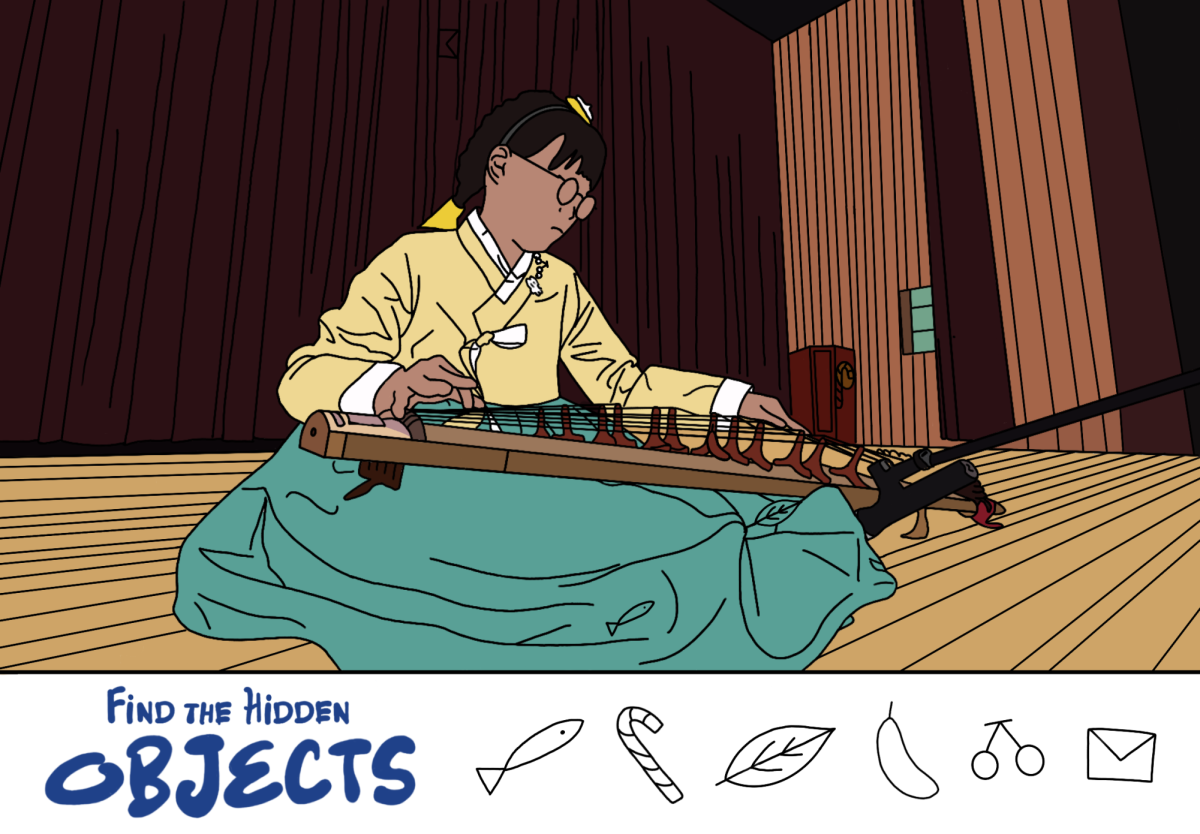
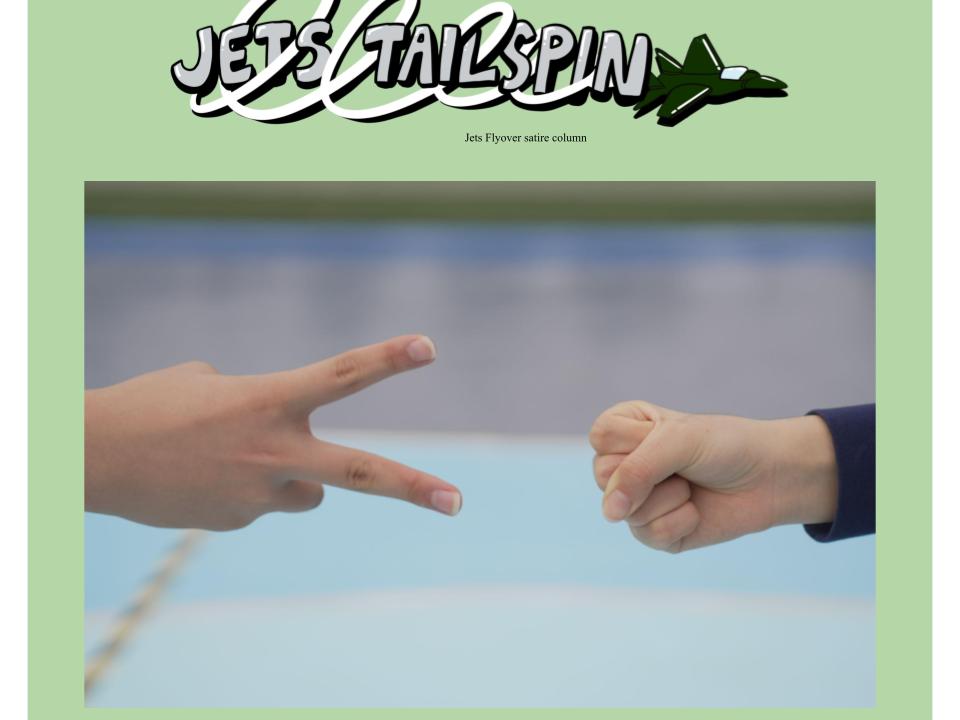
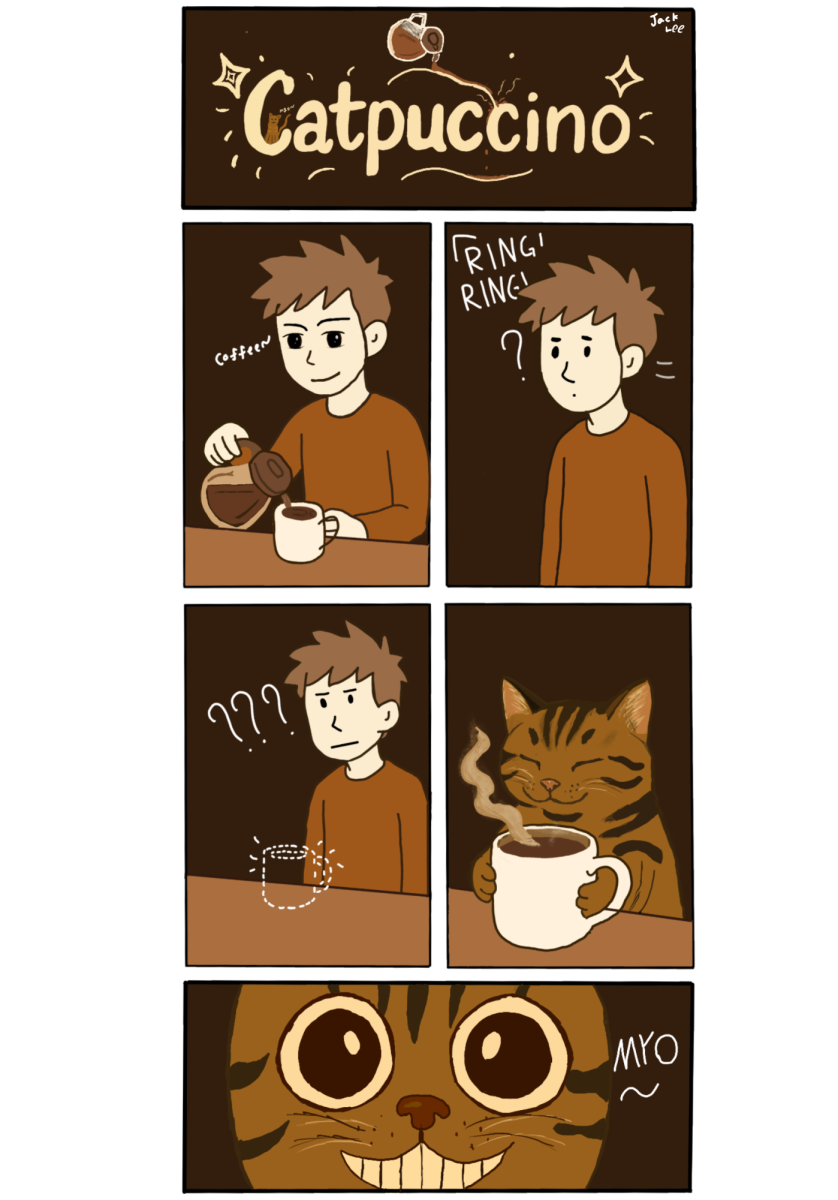
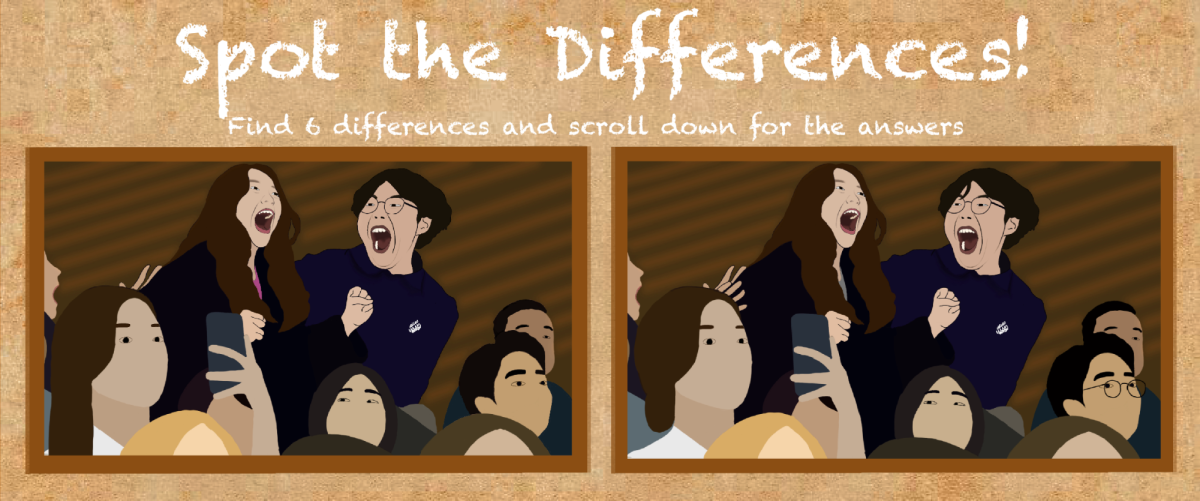




Ron Clements • Jan 16, 2025 at 6:32 pm
I have worked at the film industry and I can confirm that Moana 3 is coming out in 2027